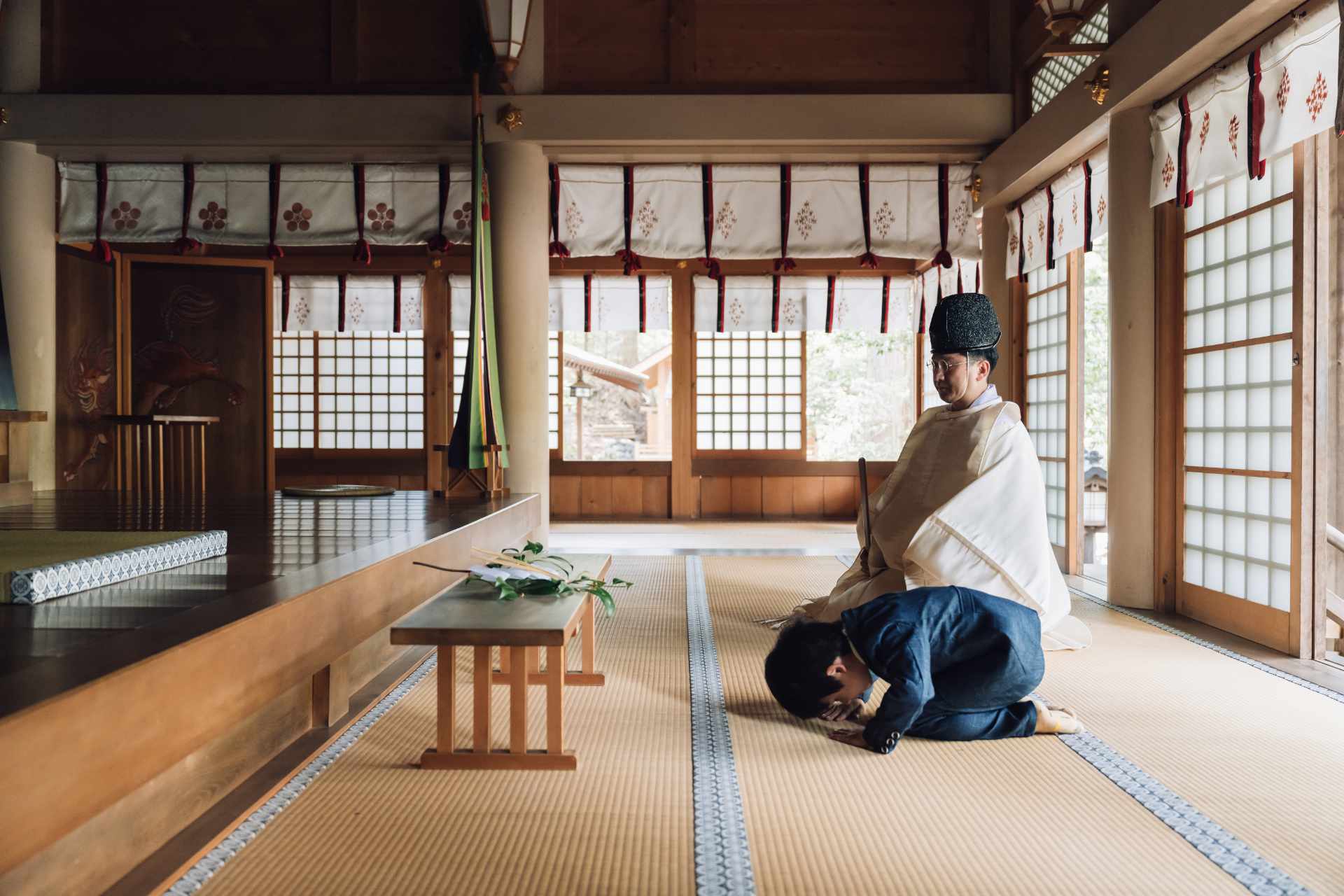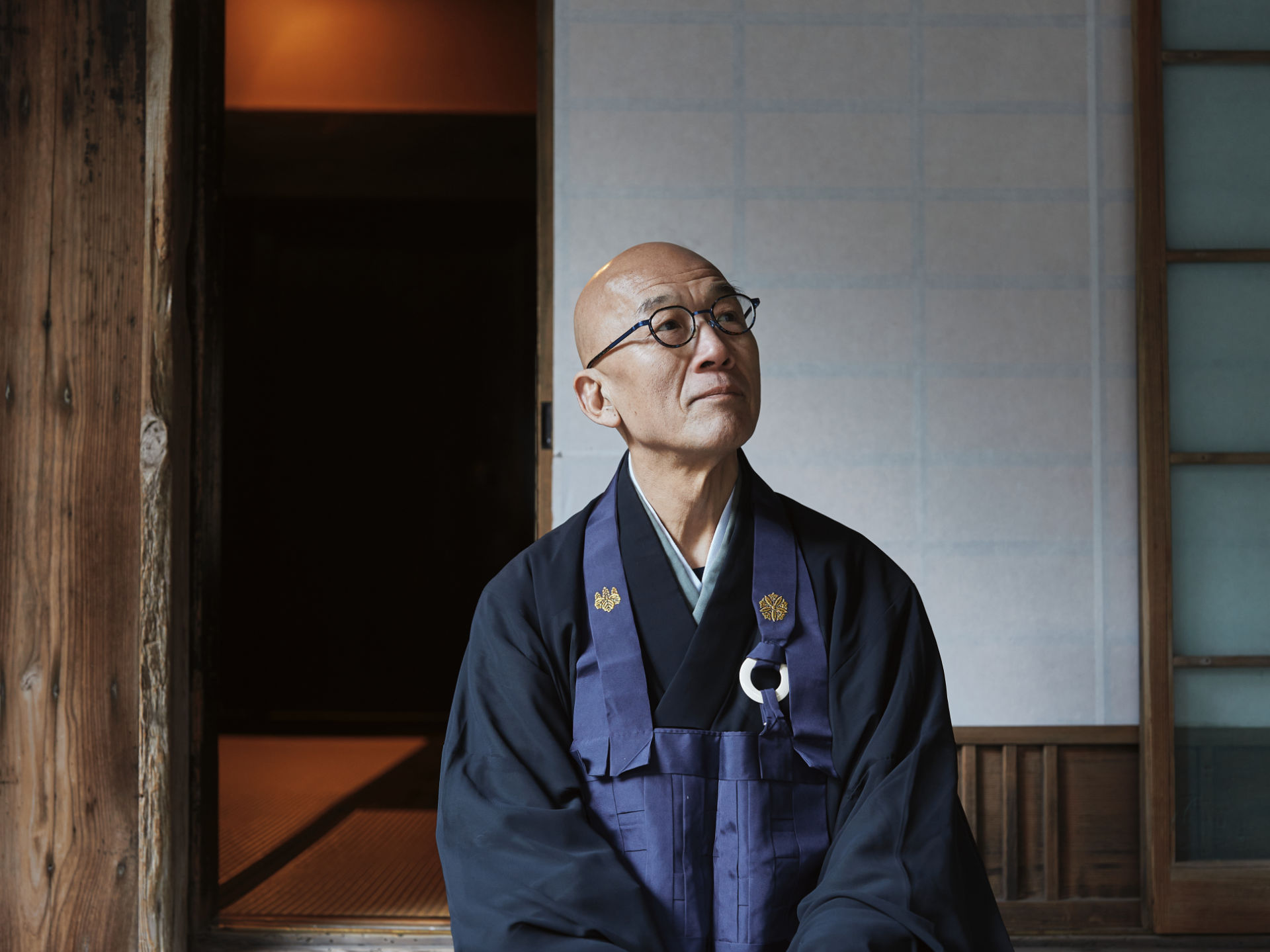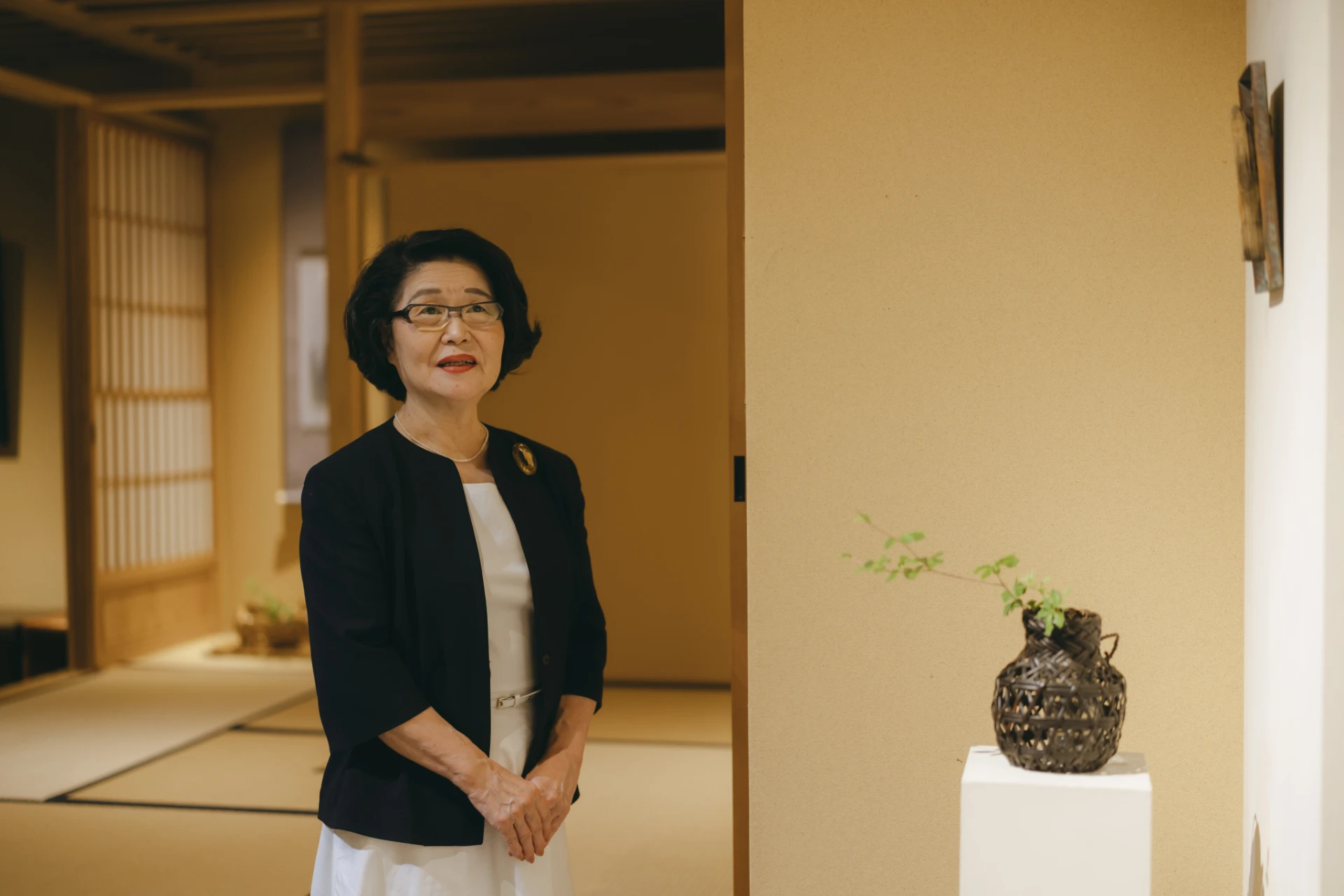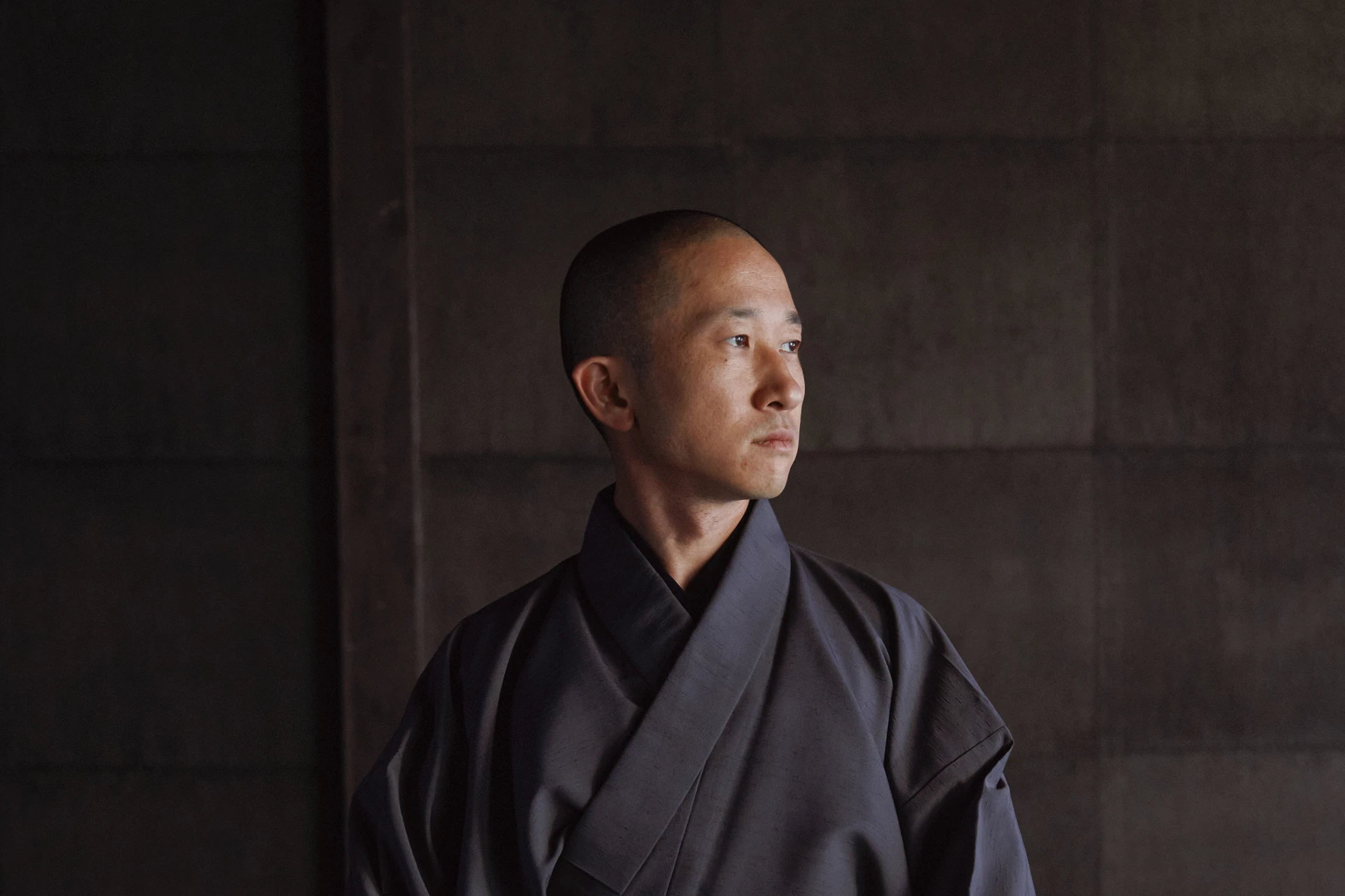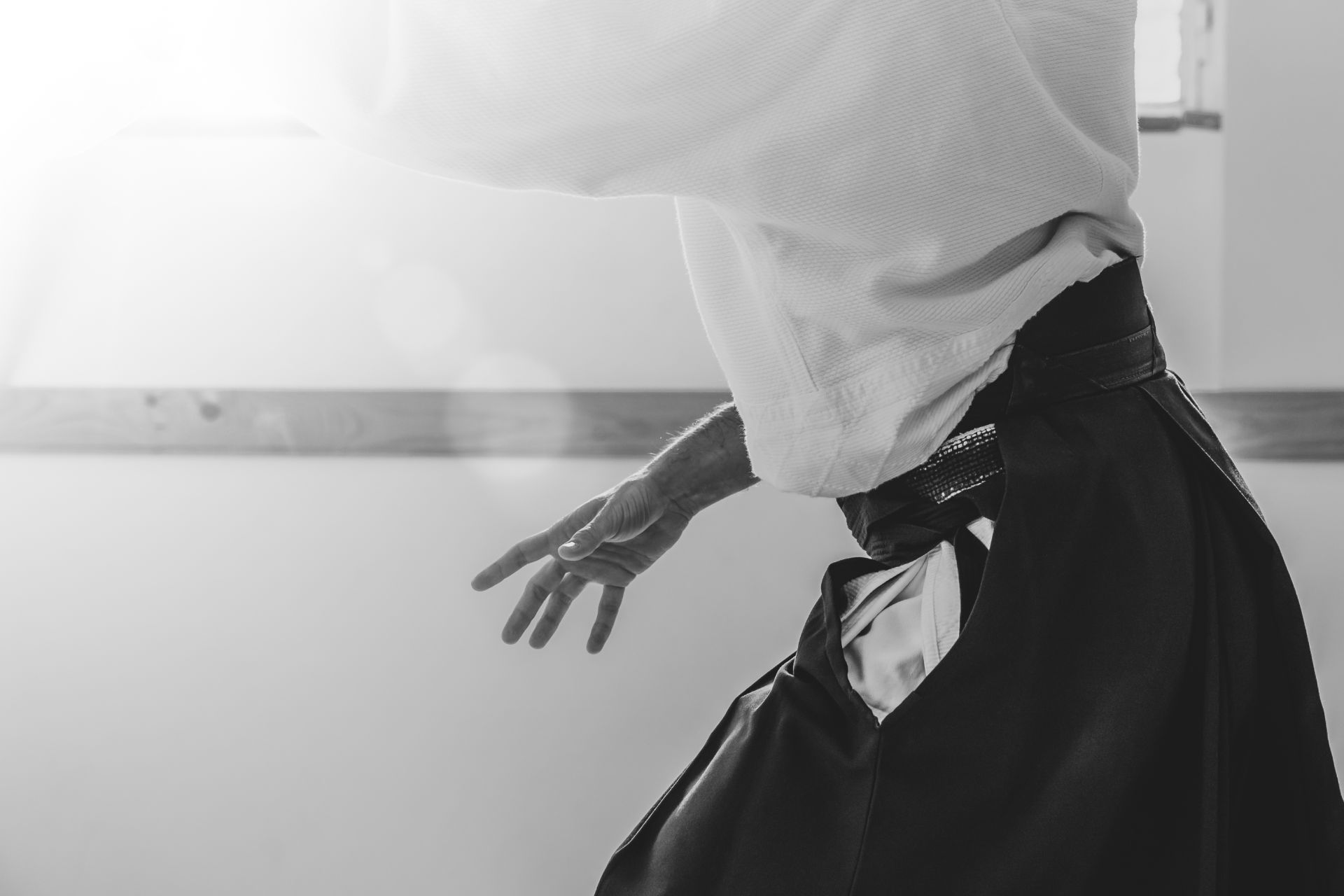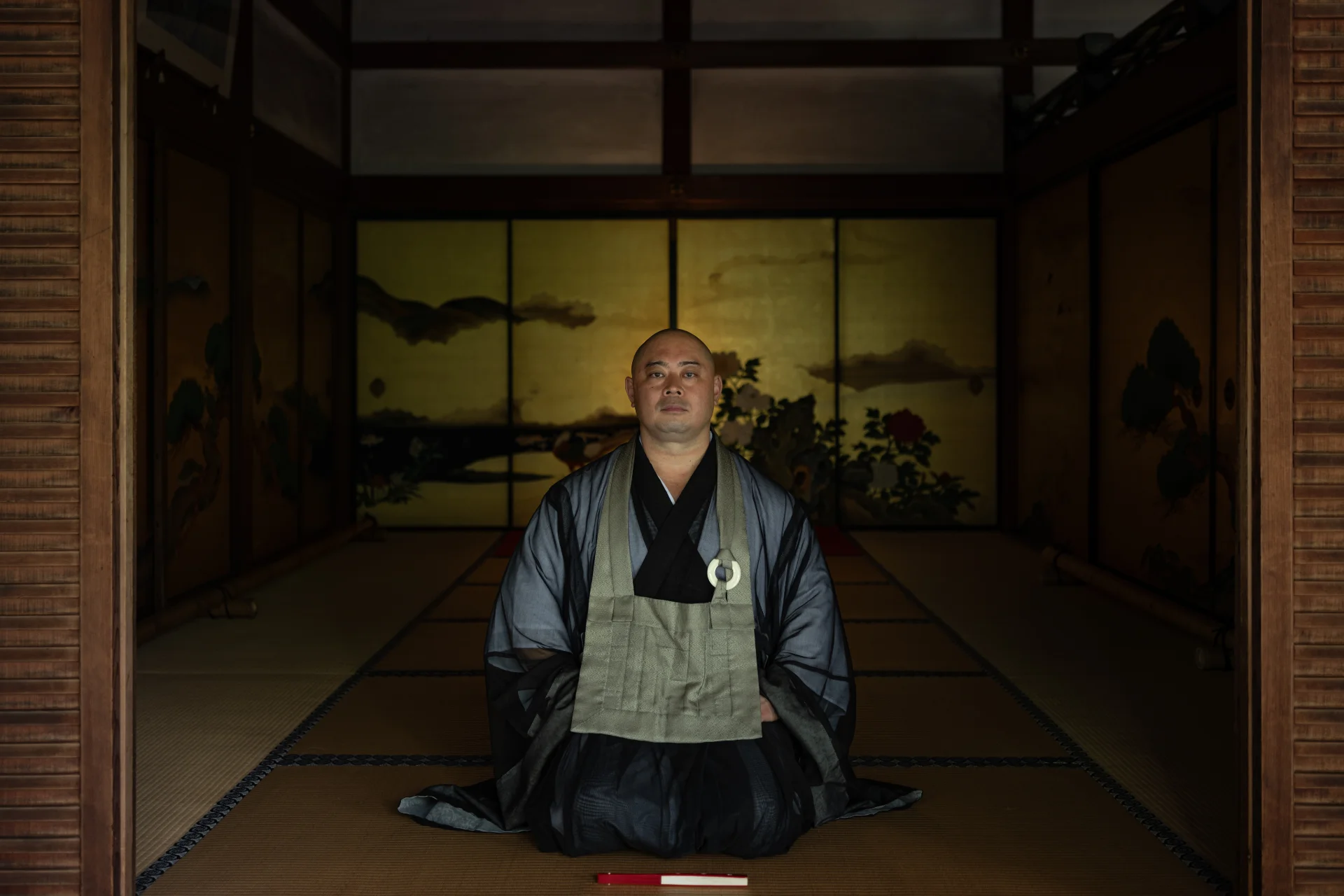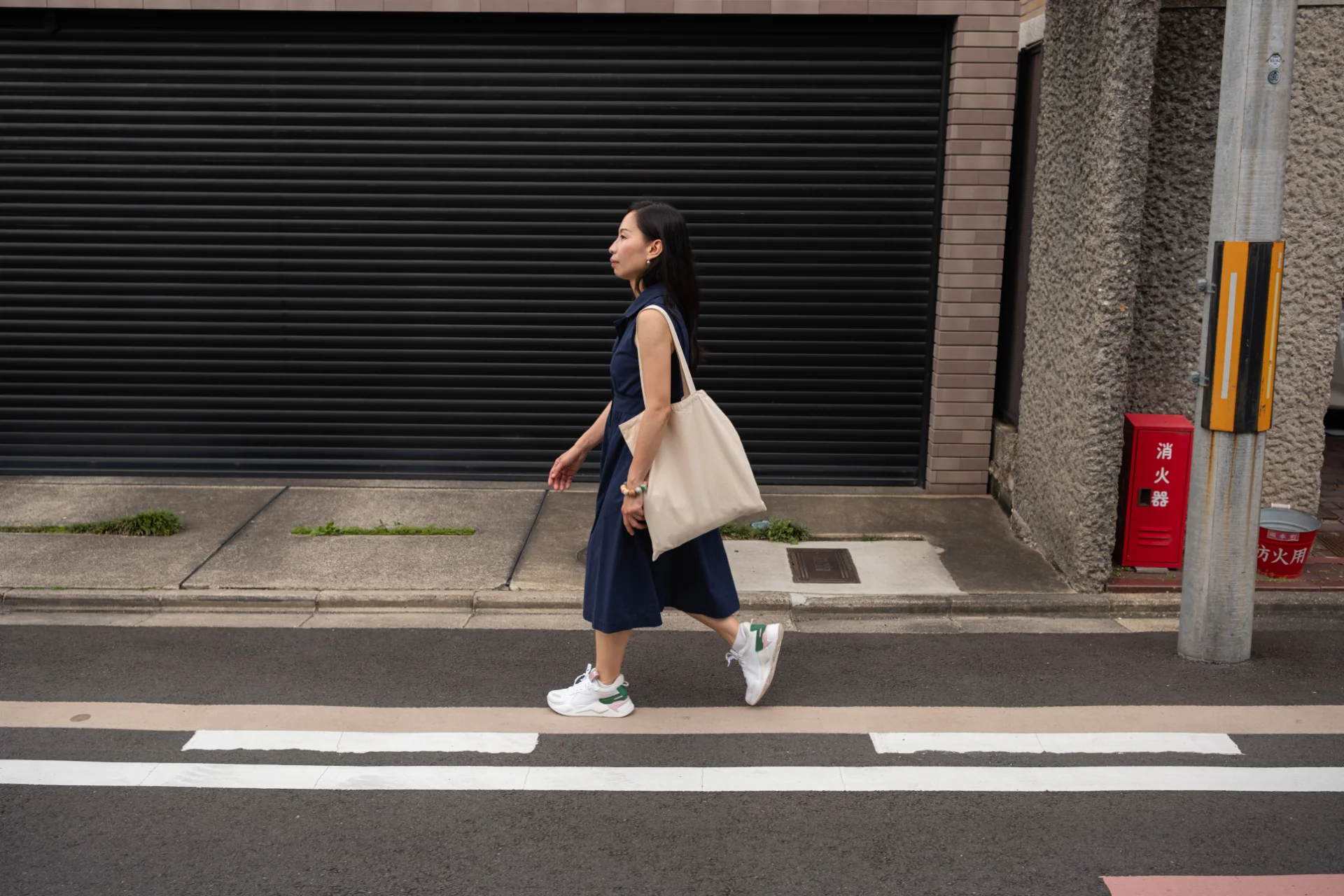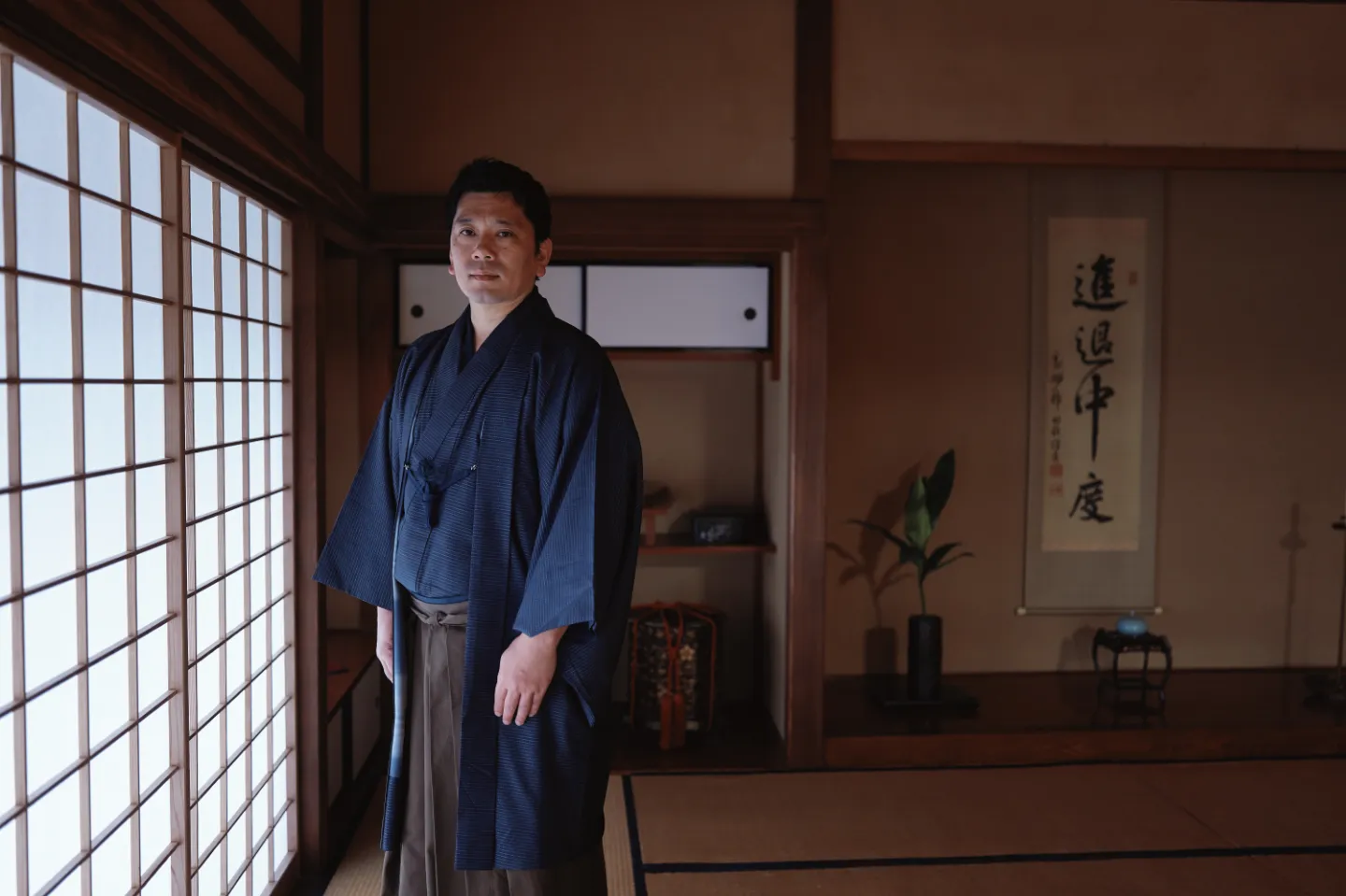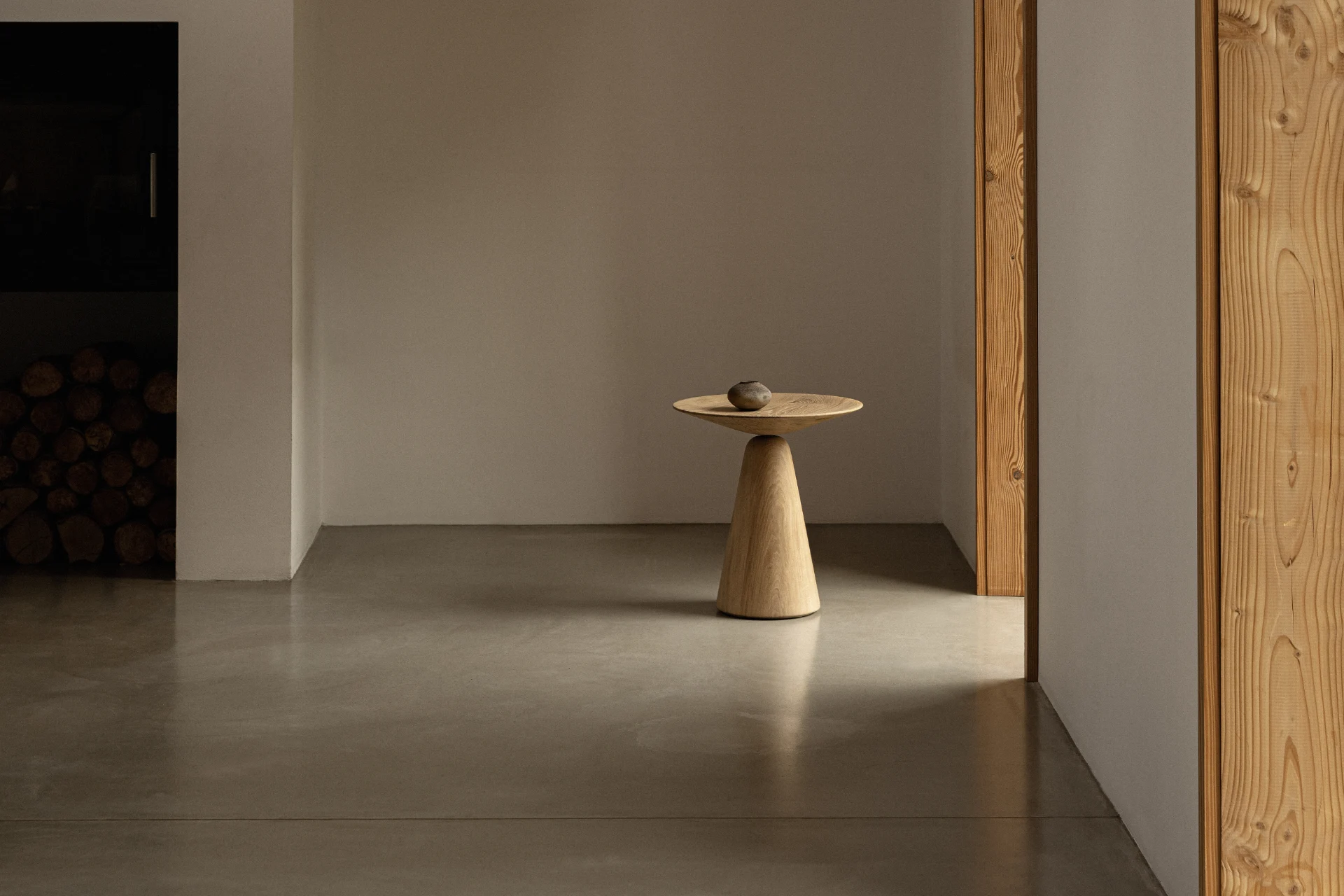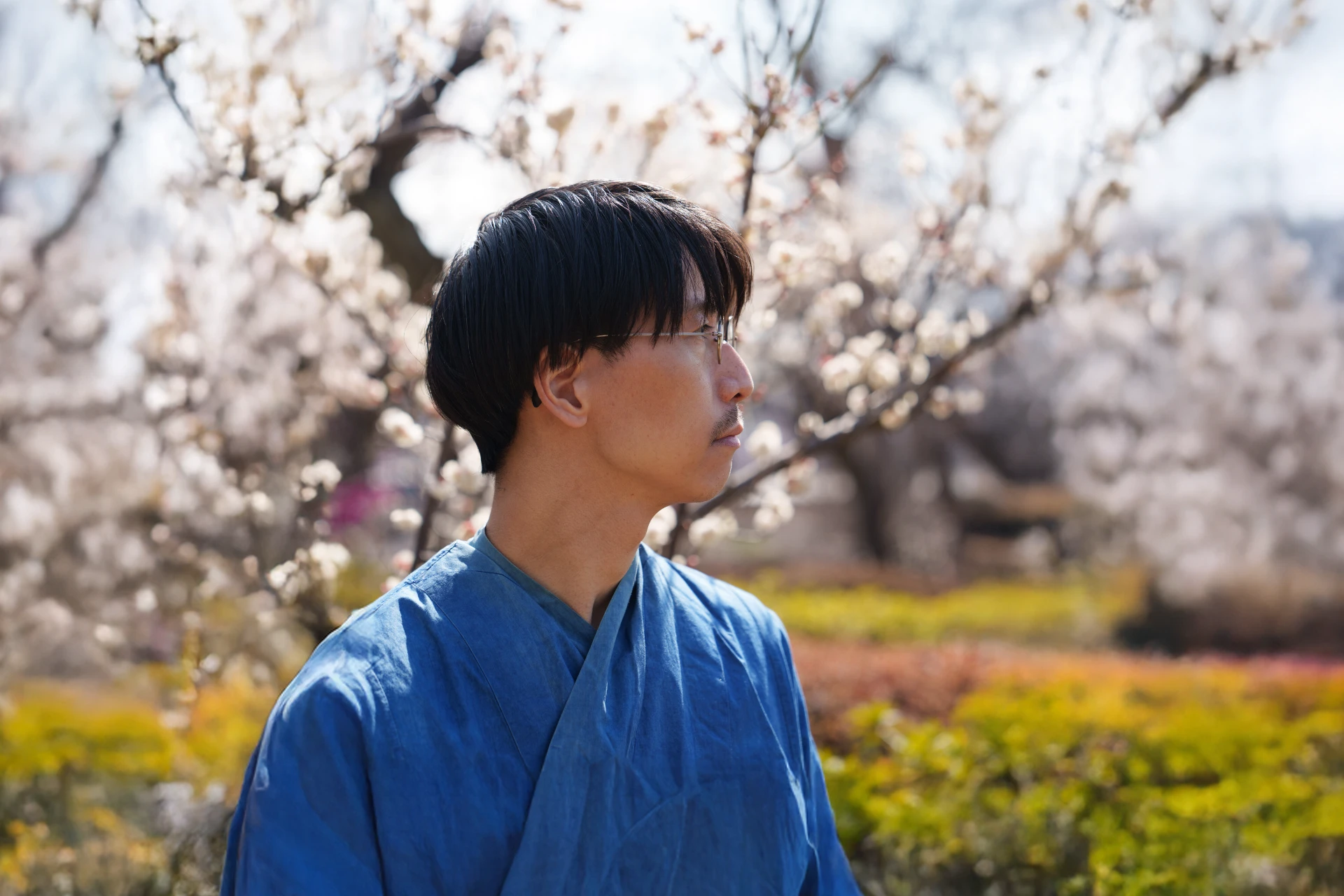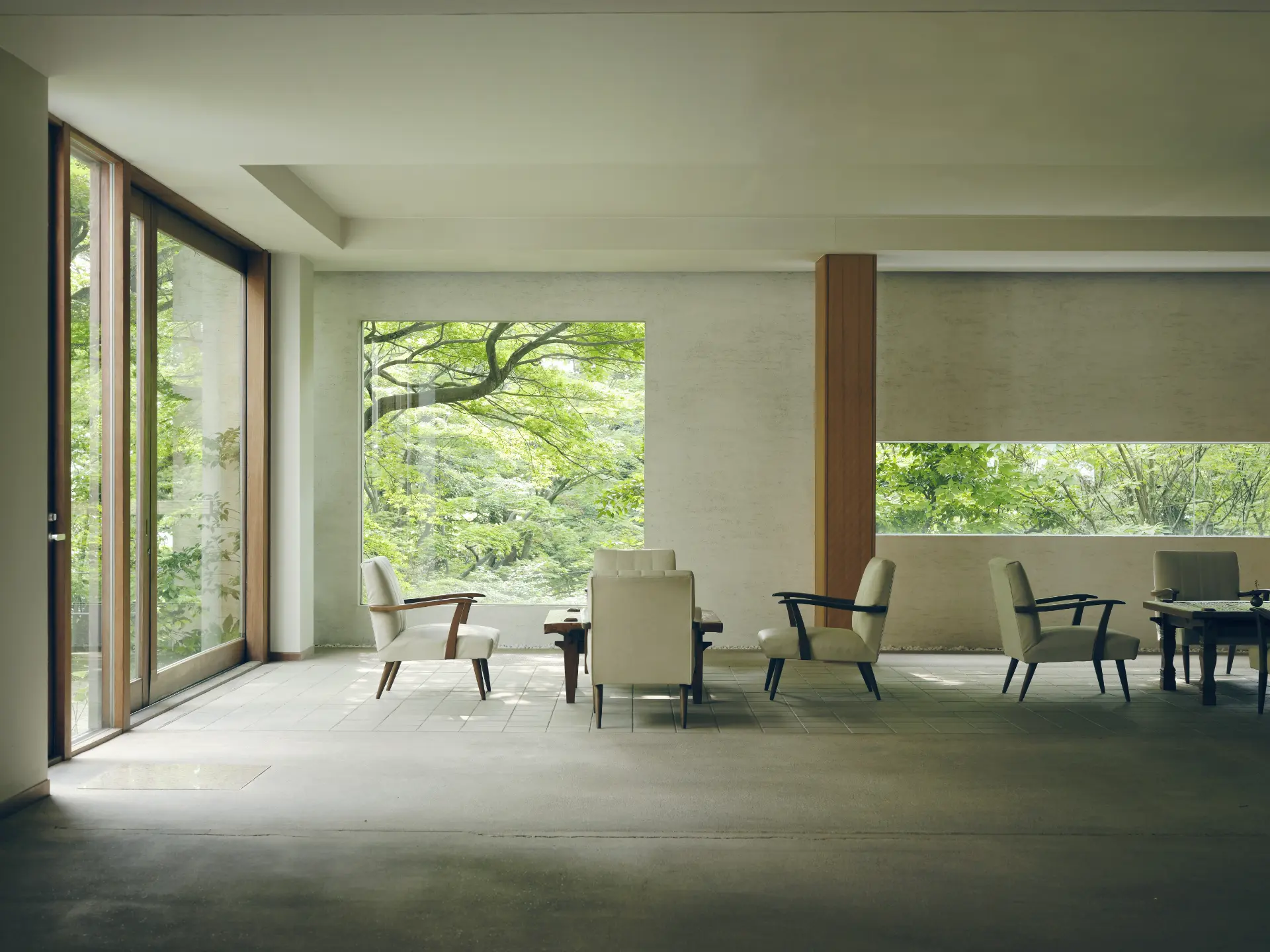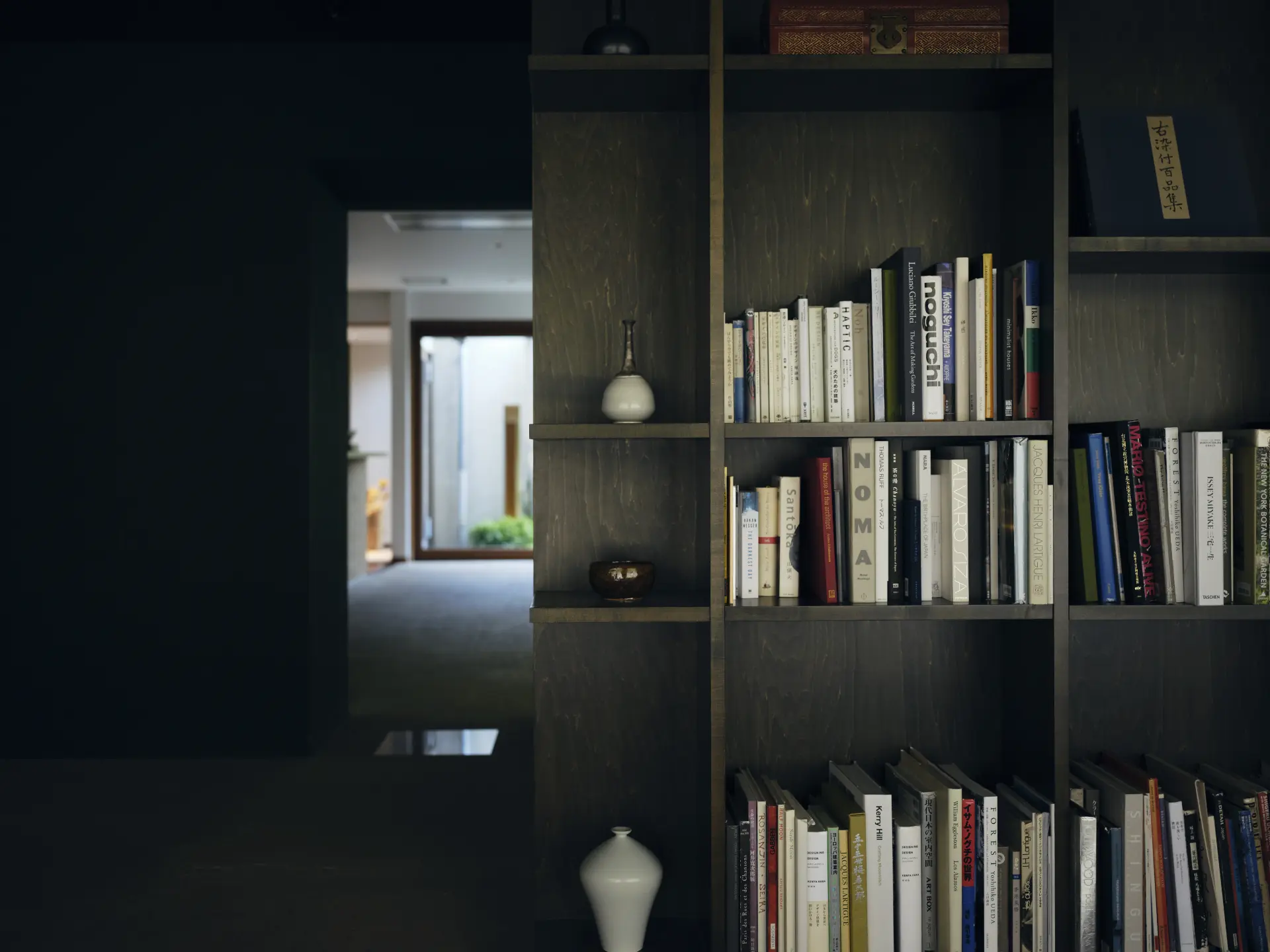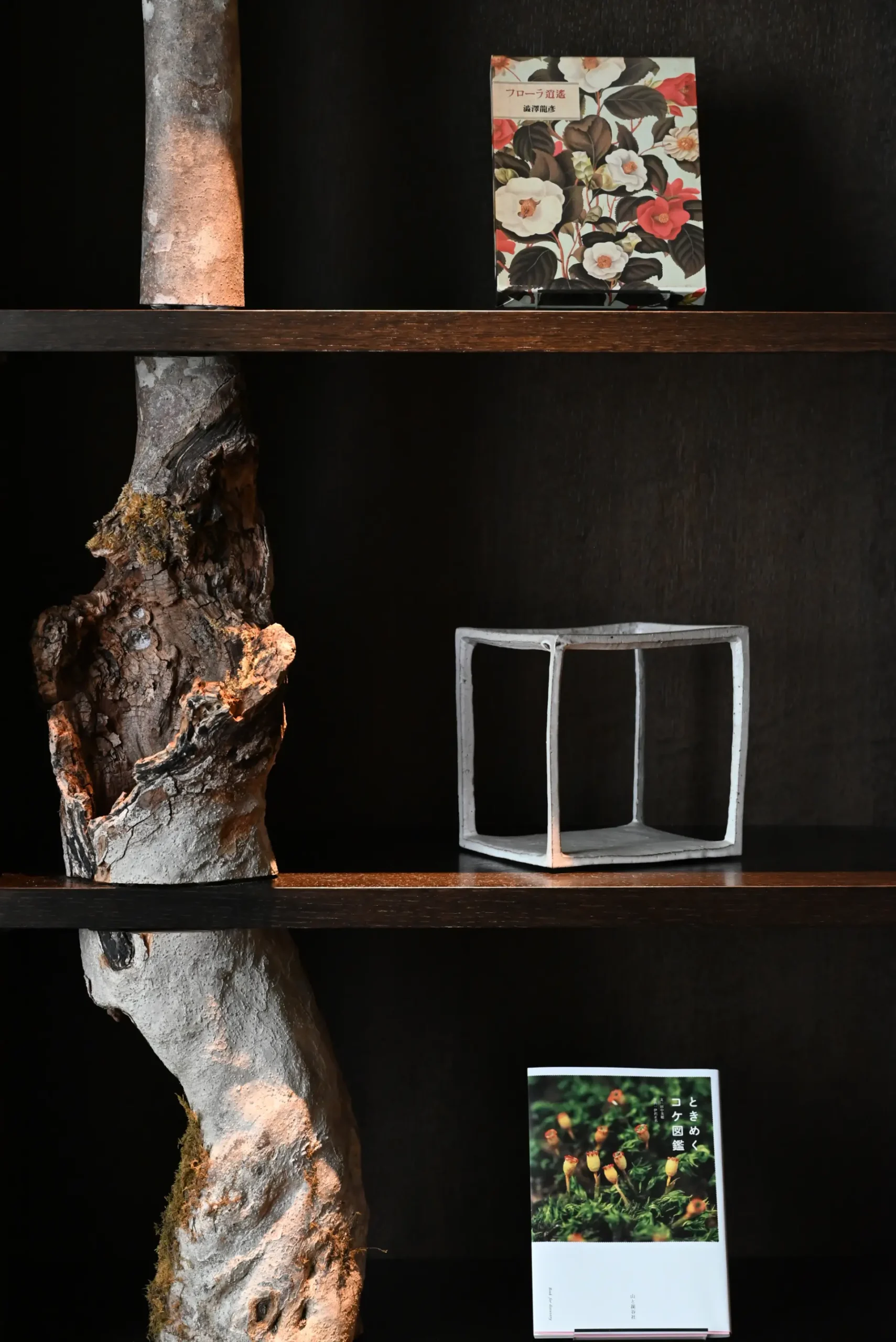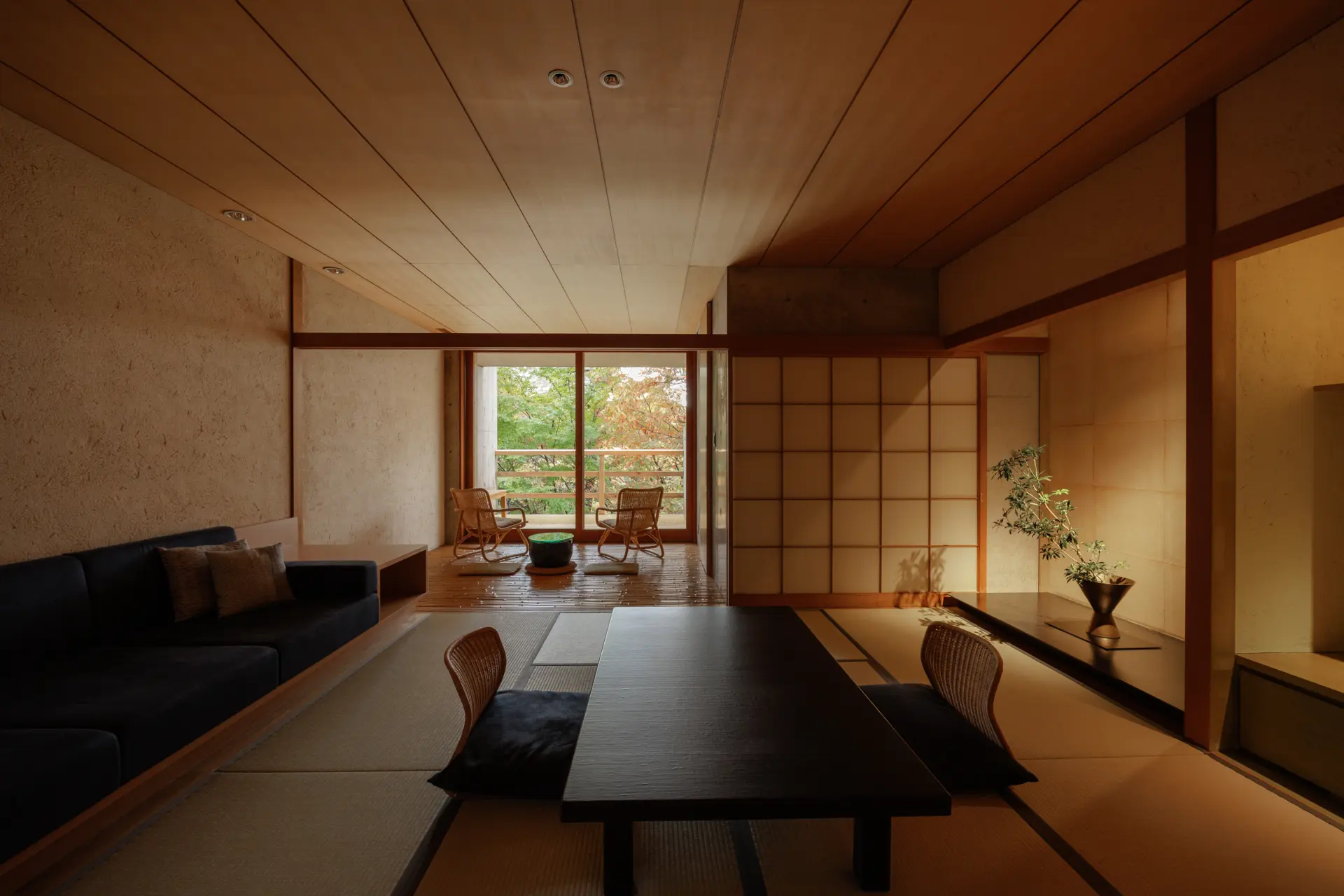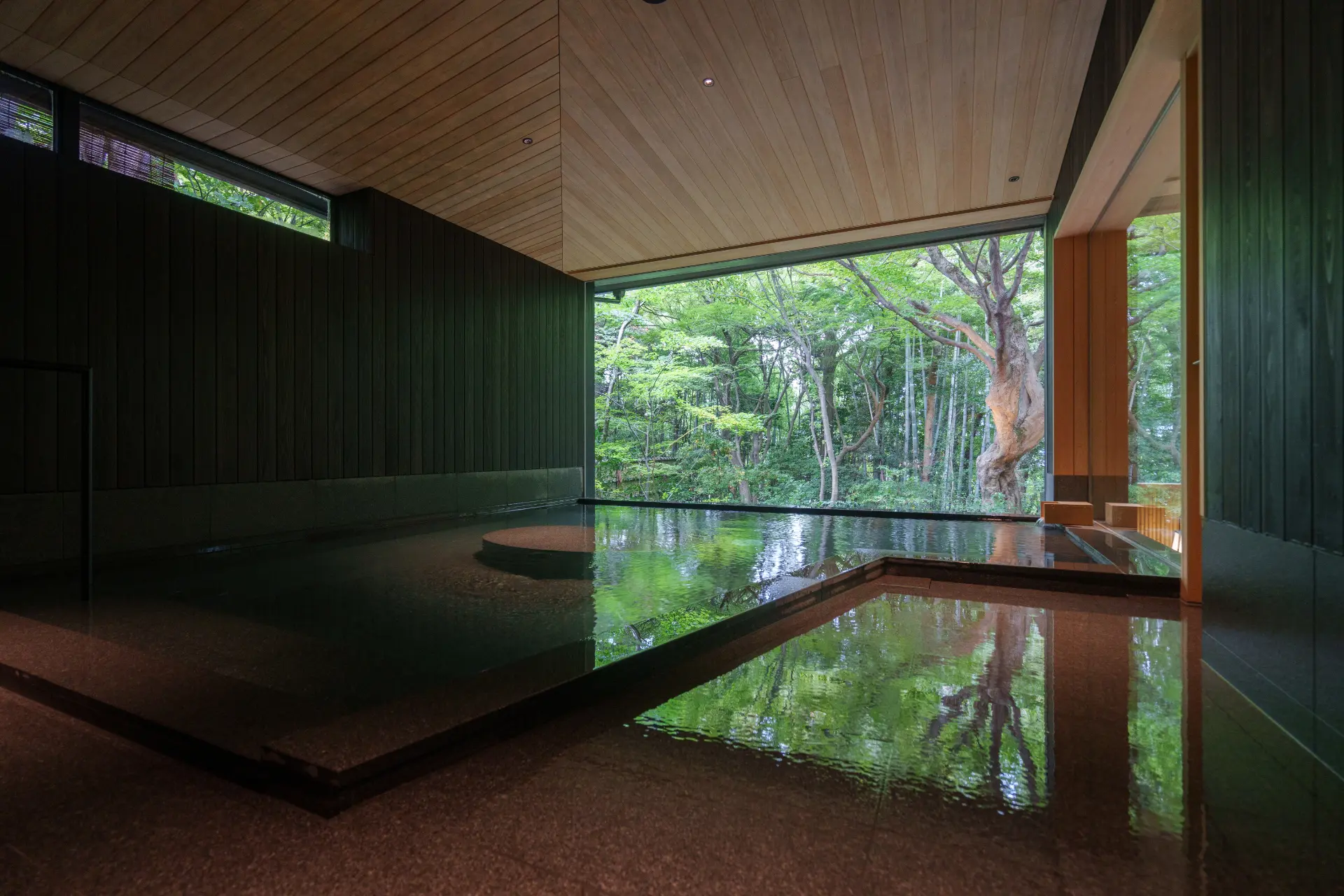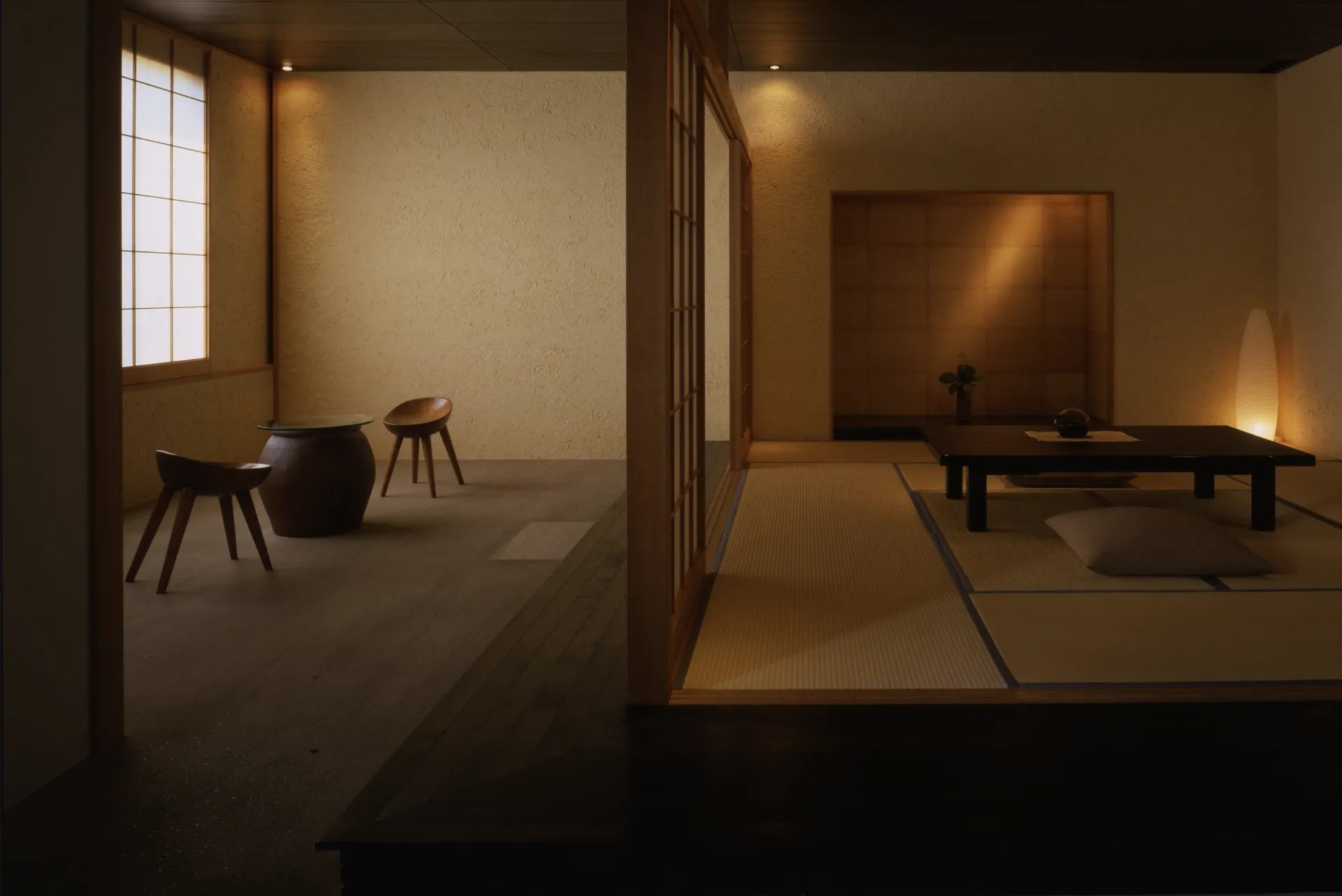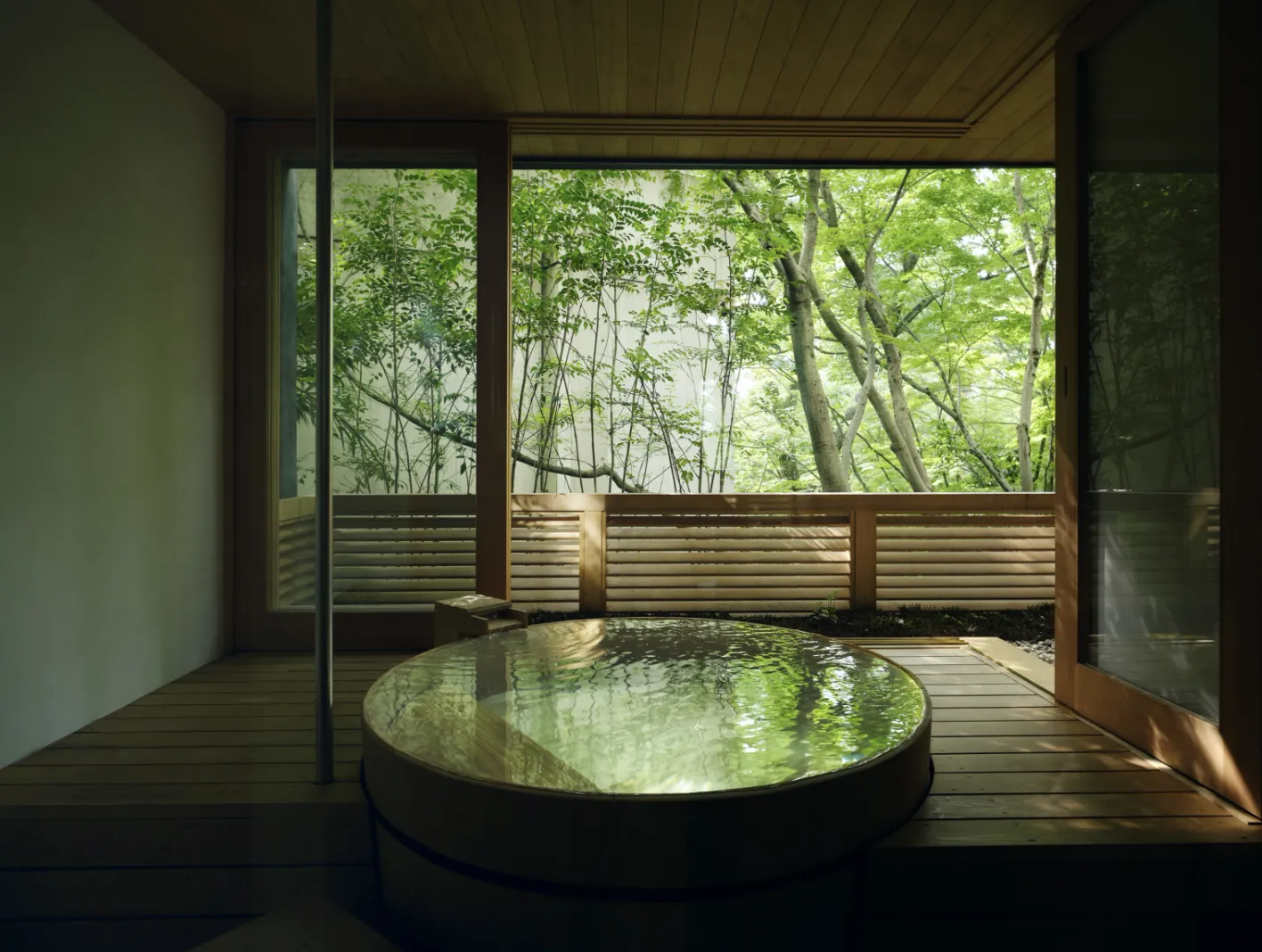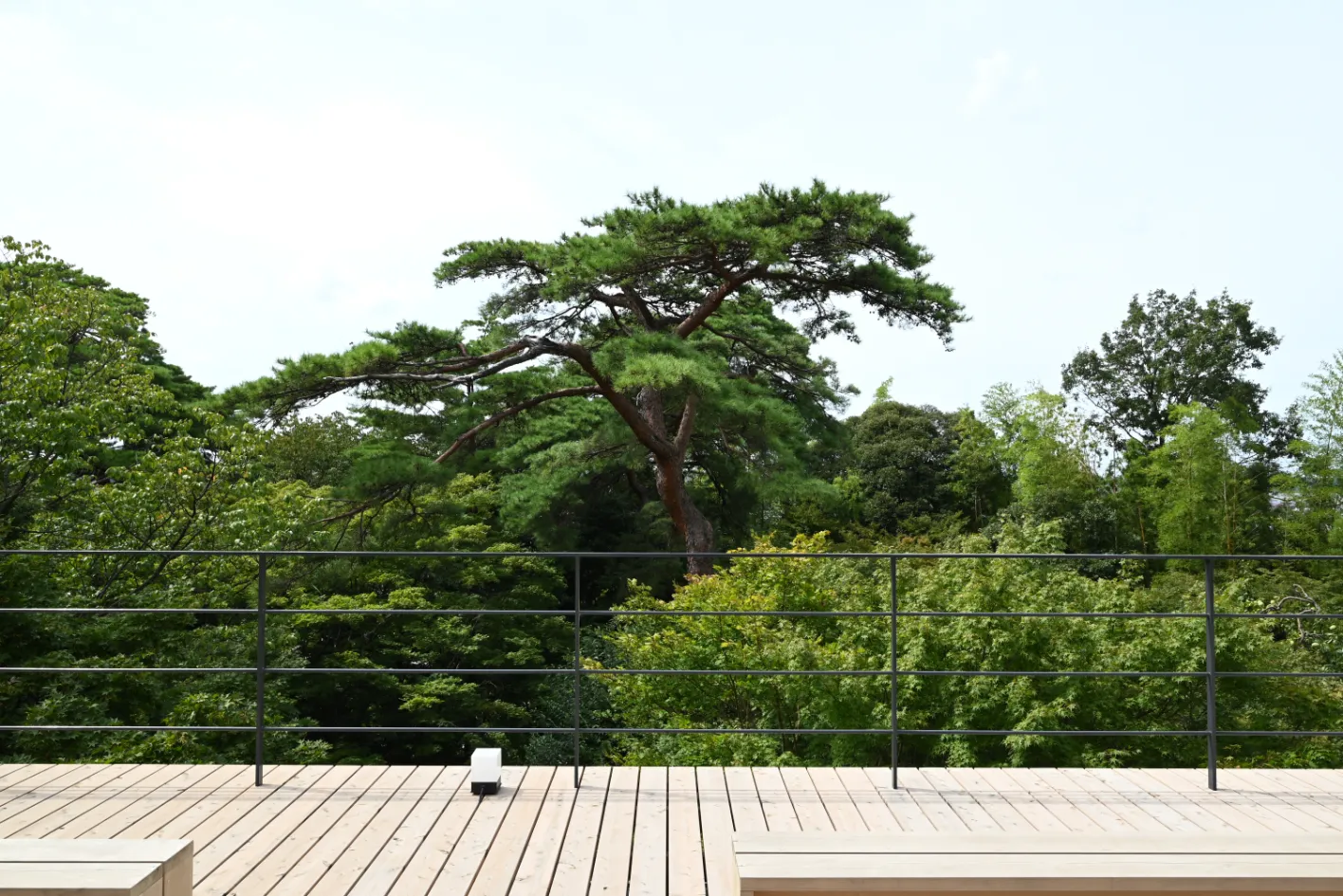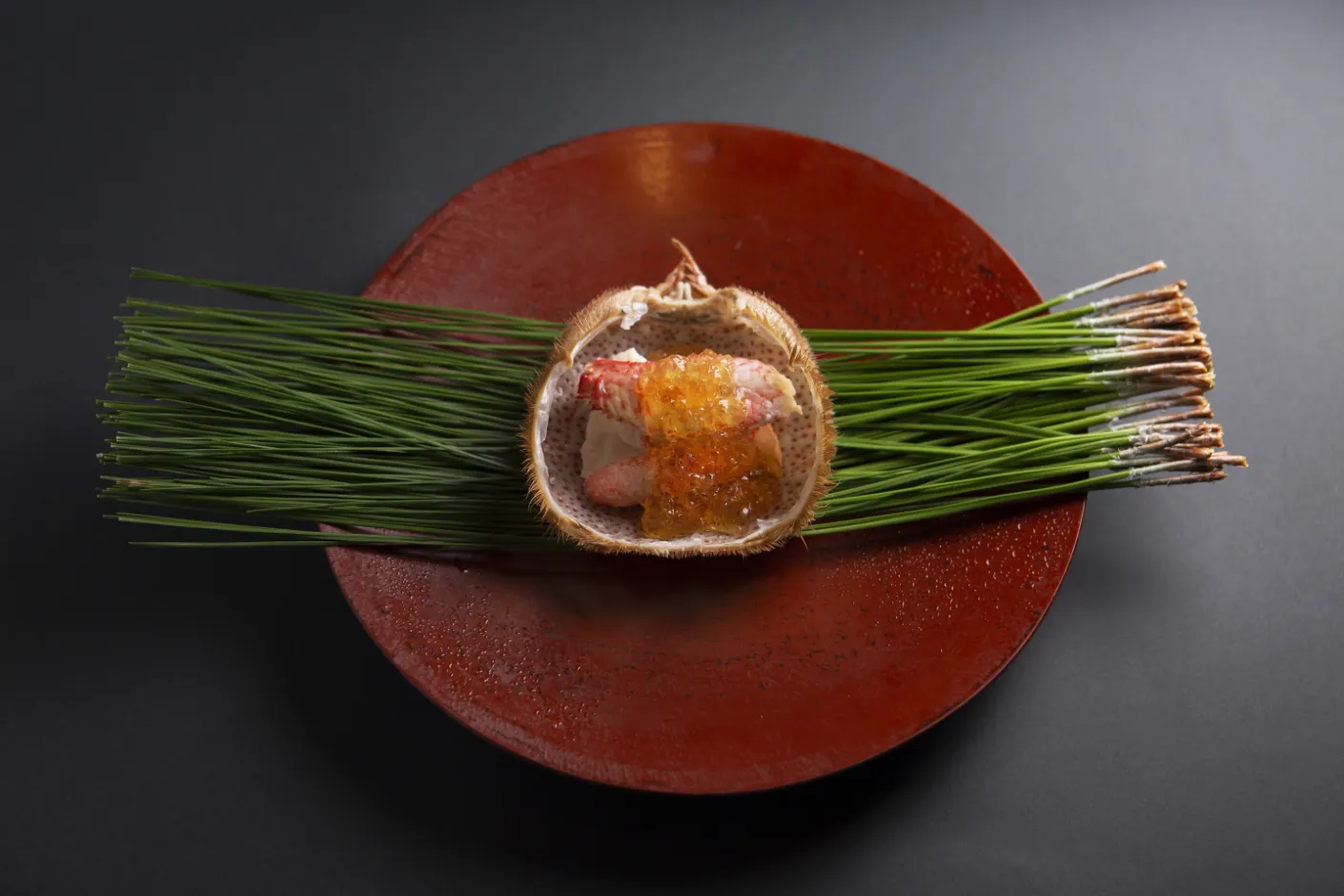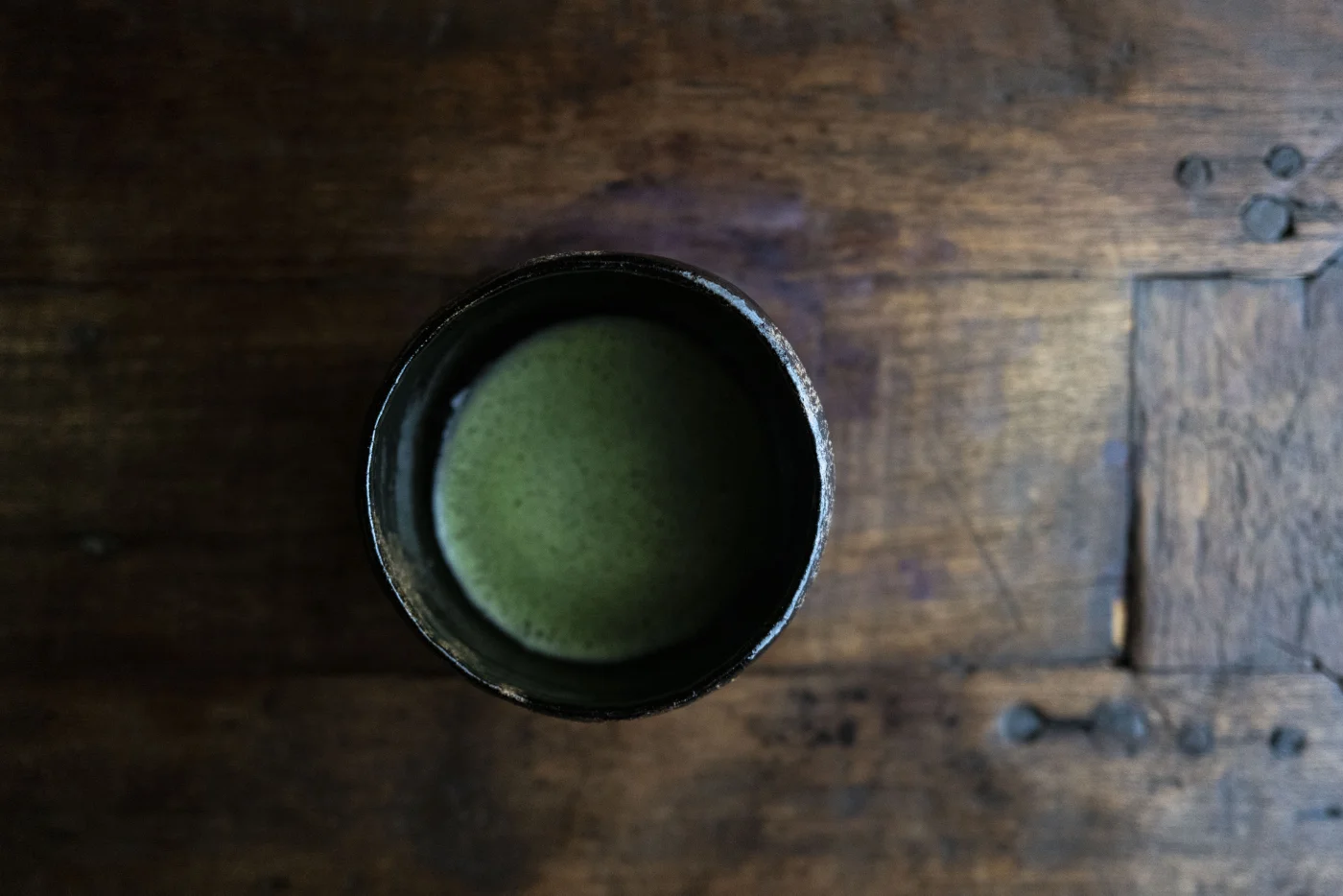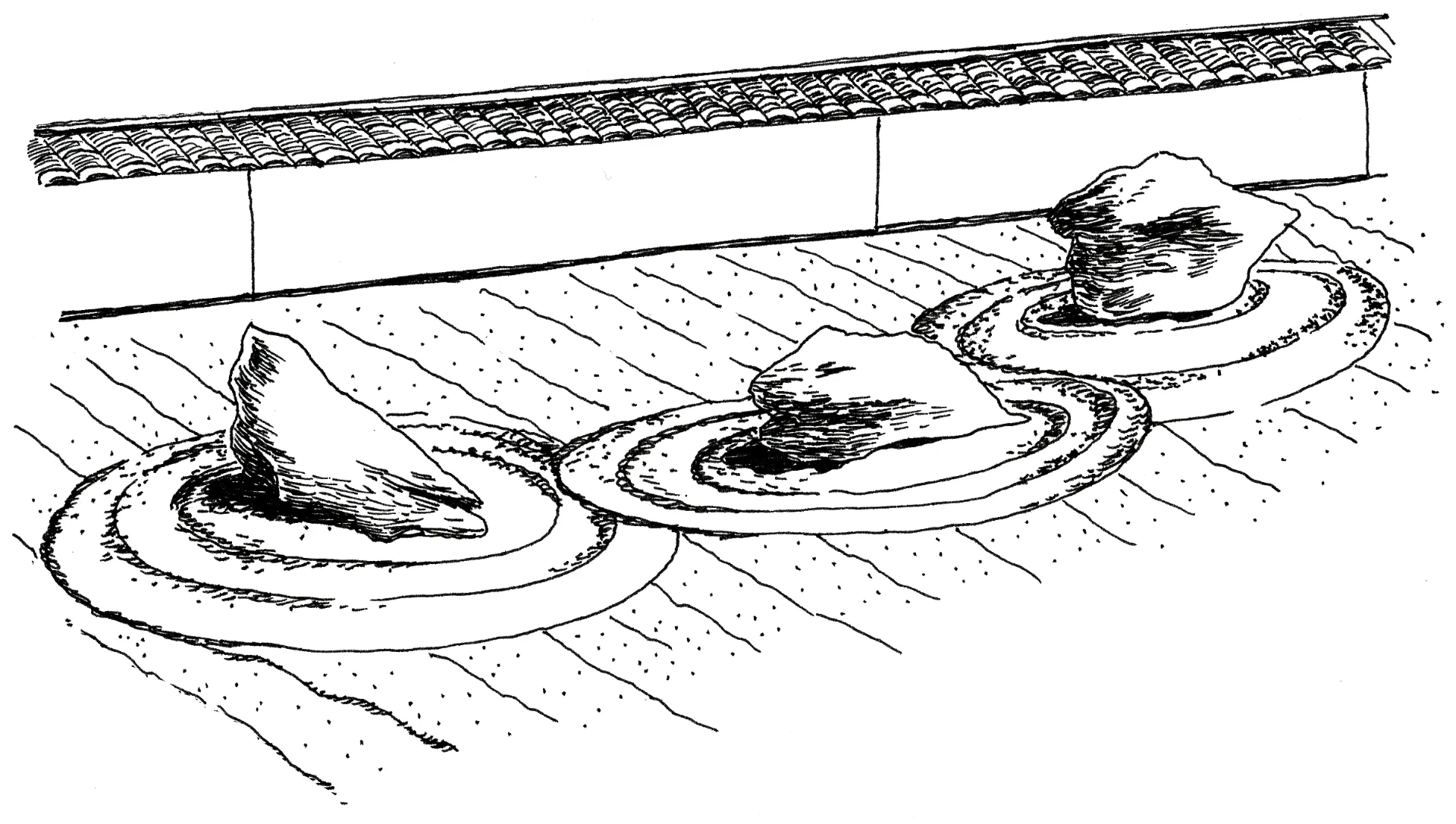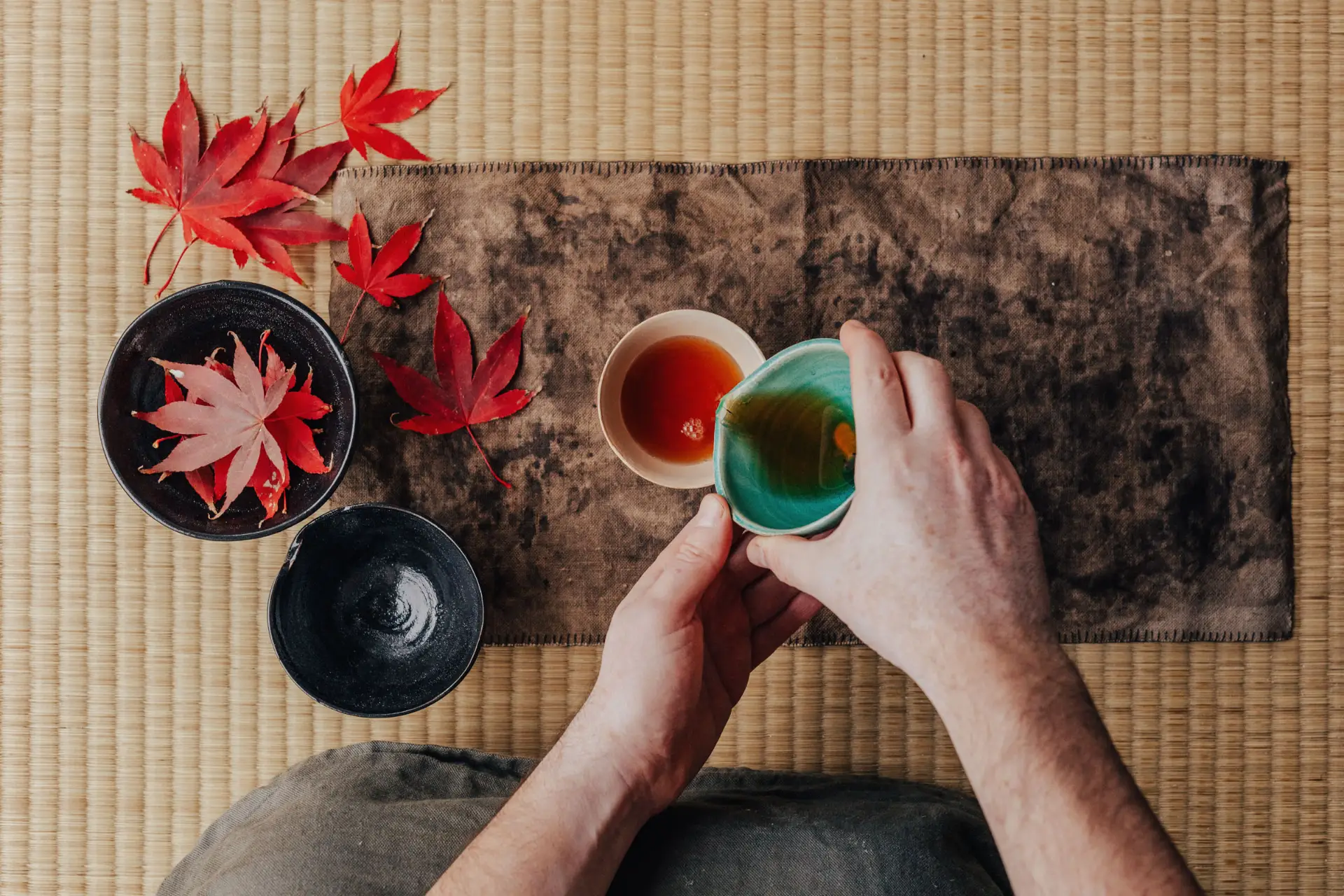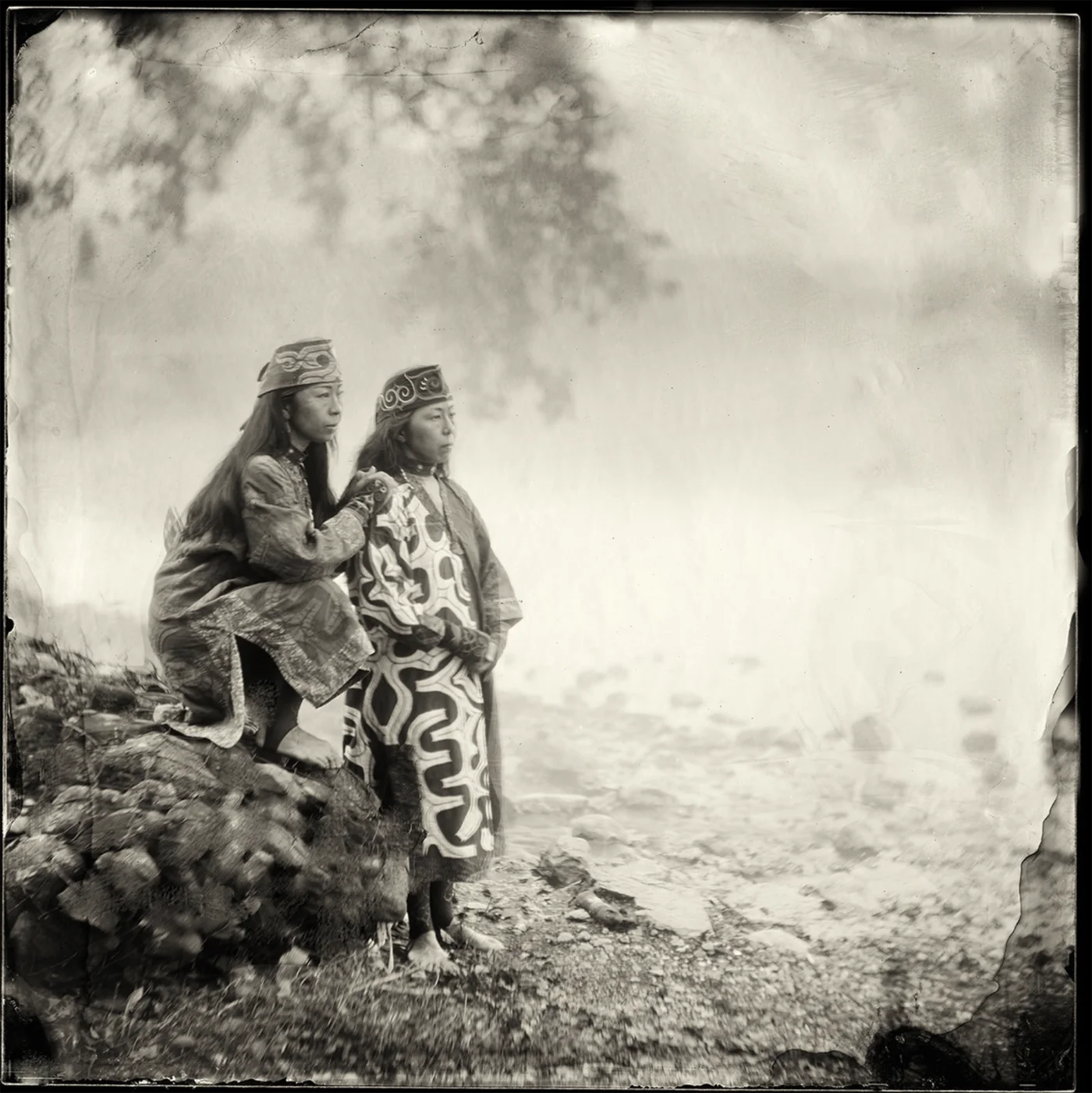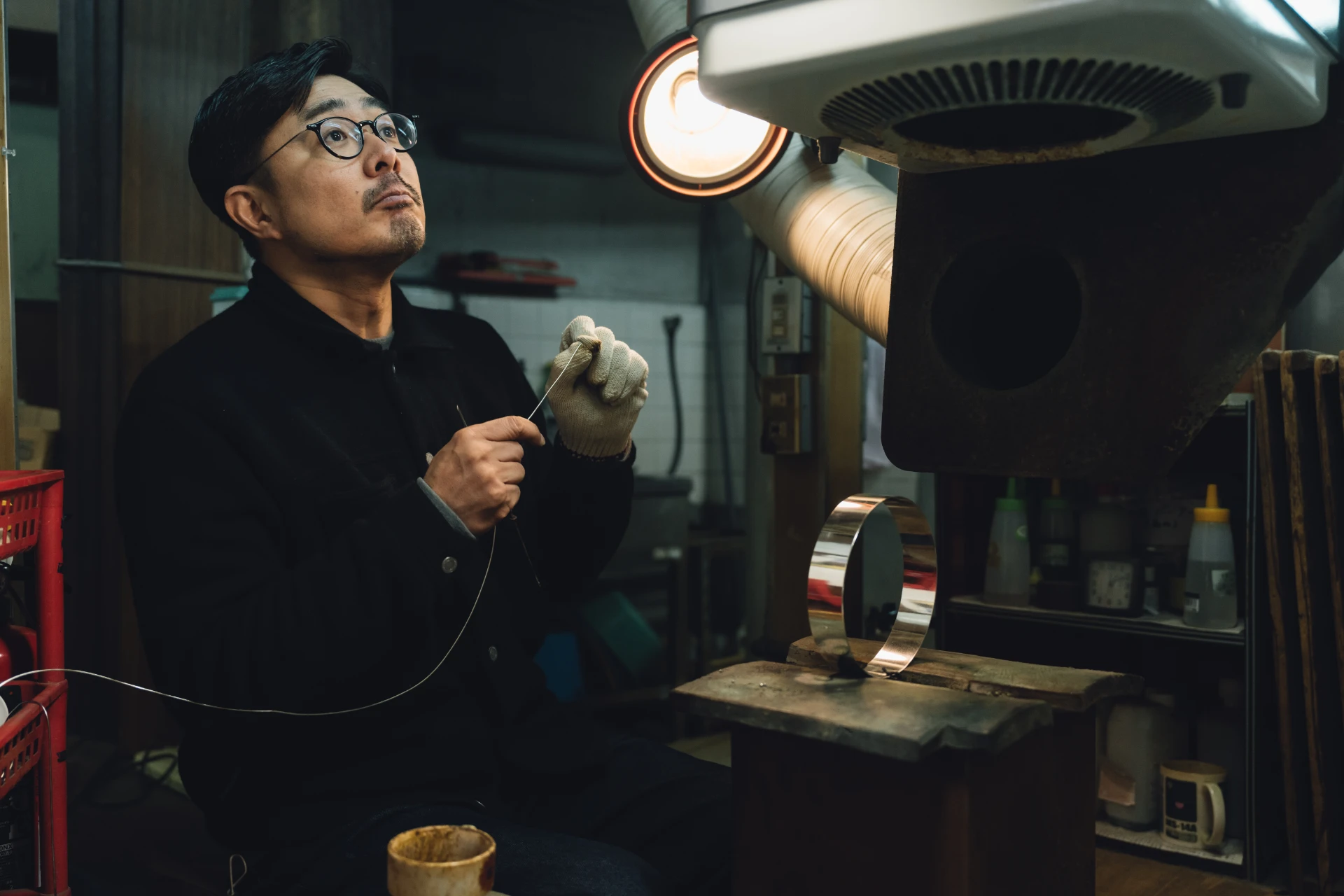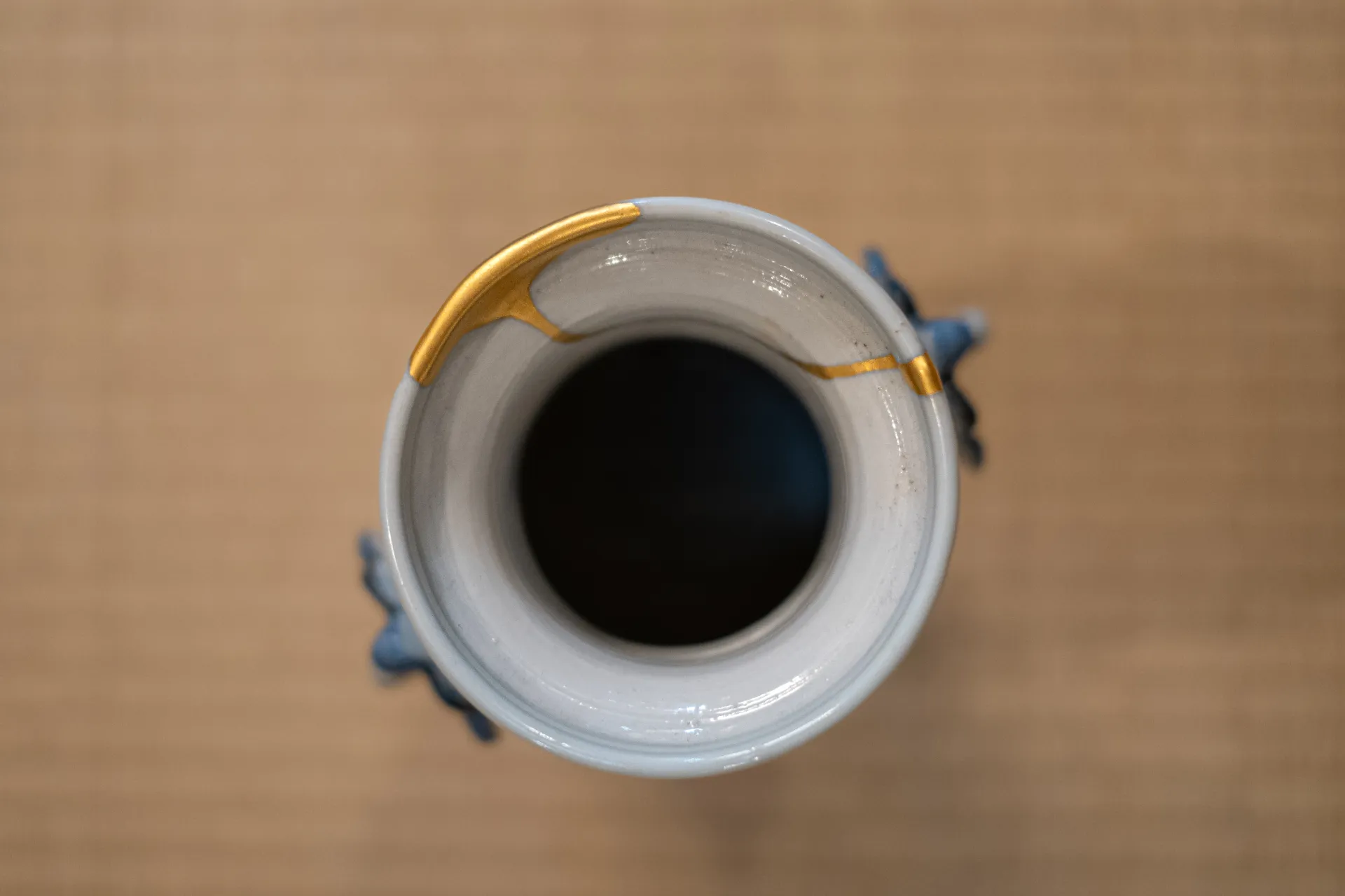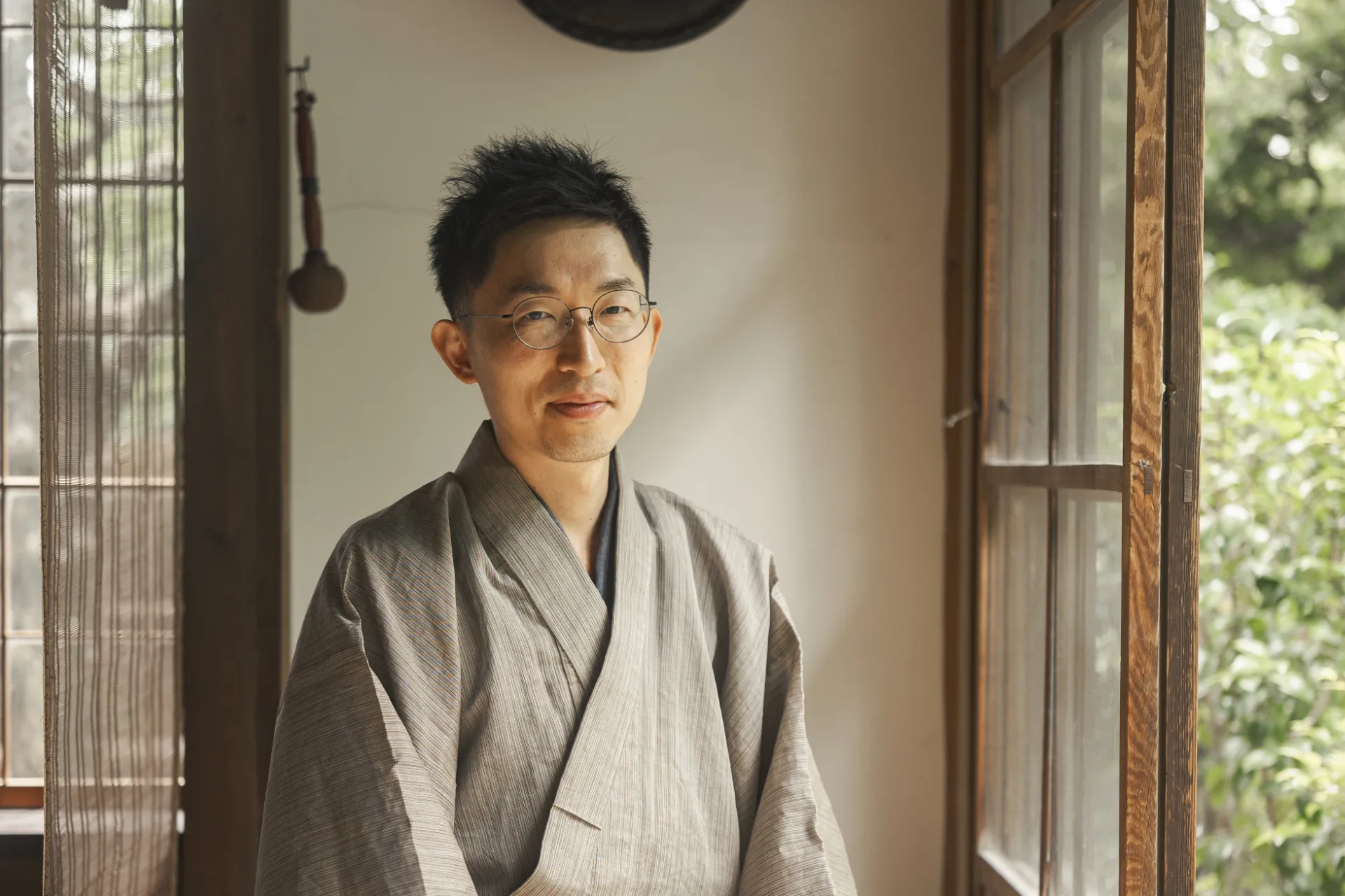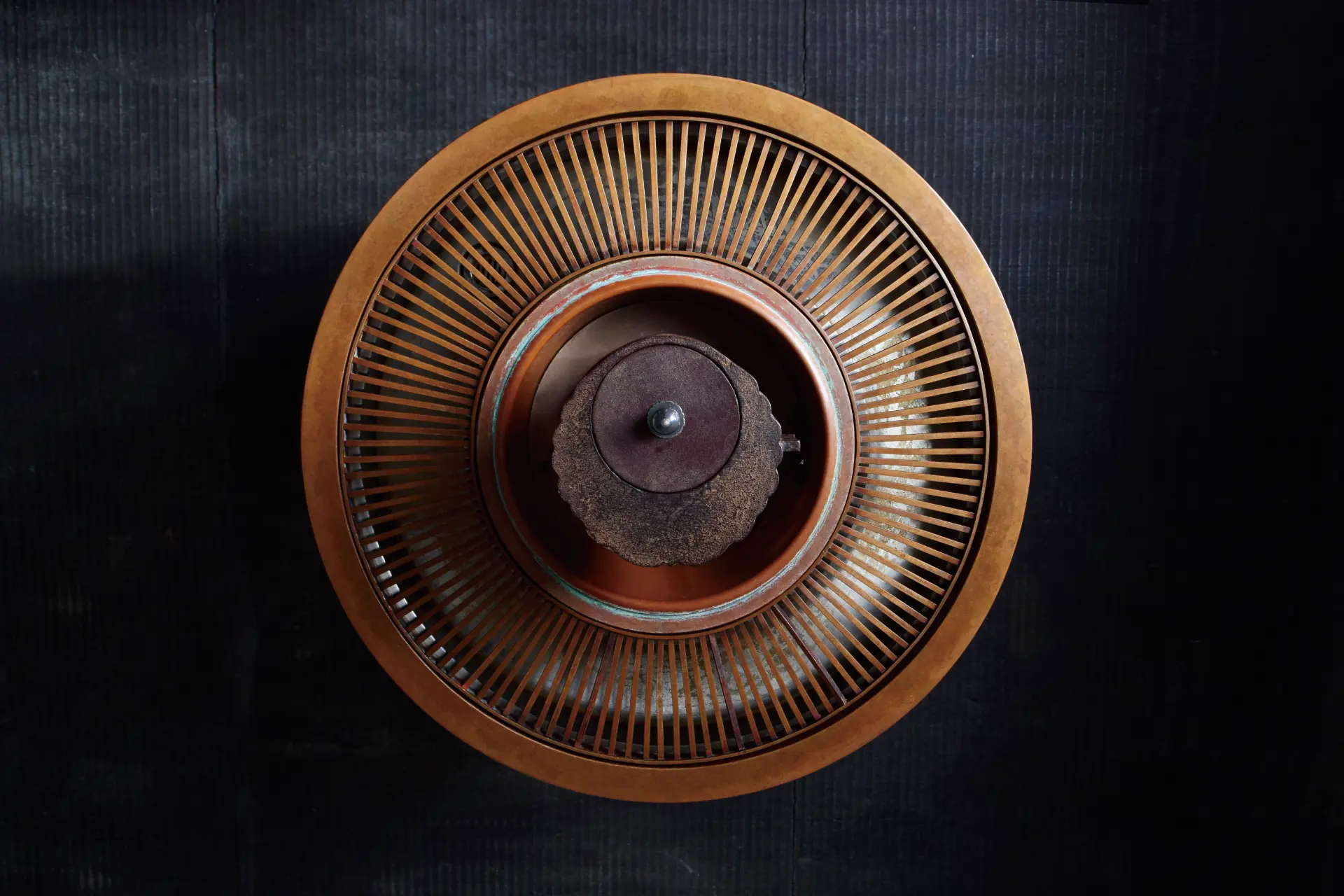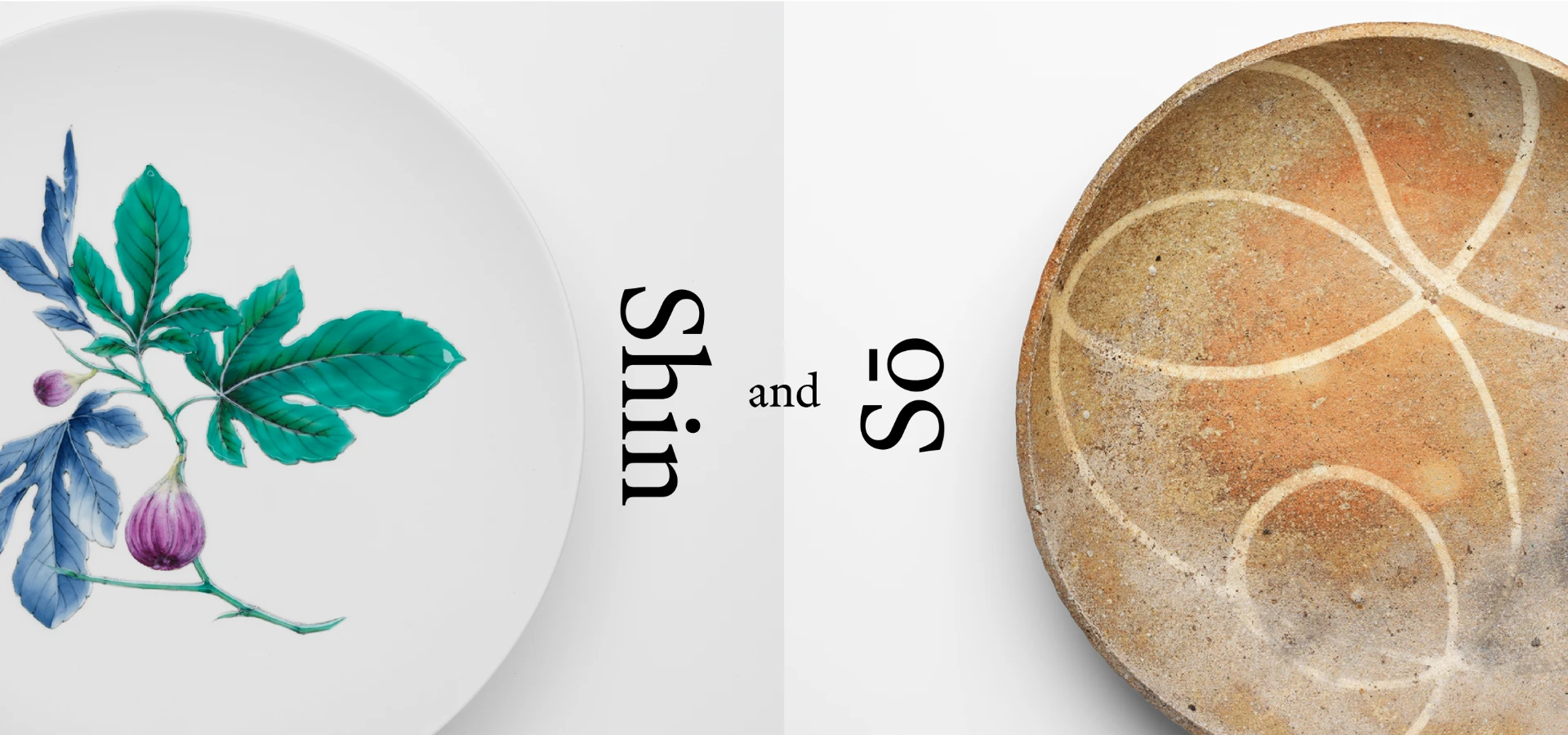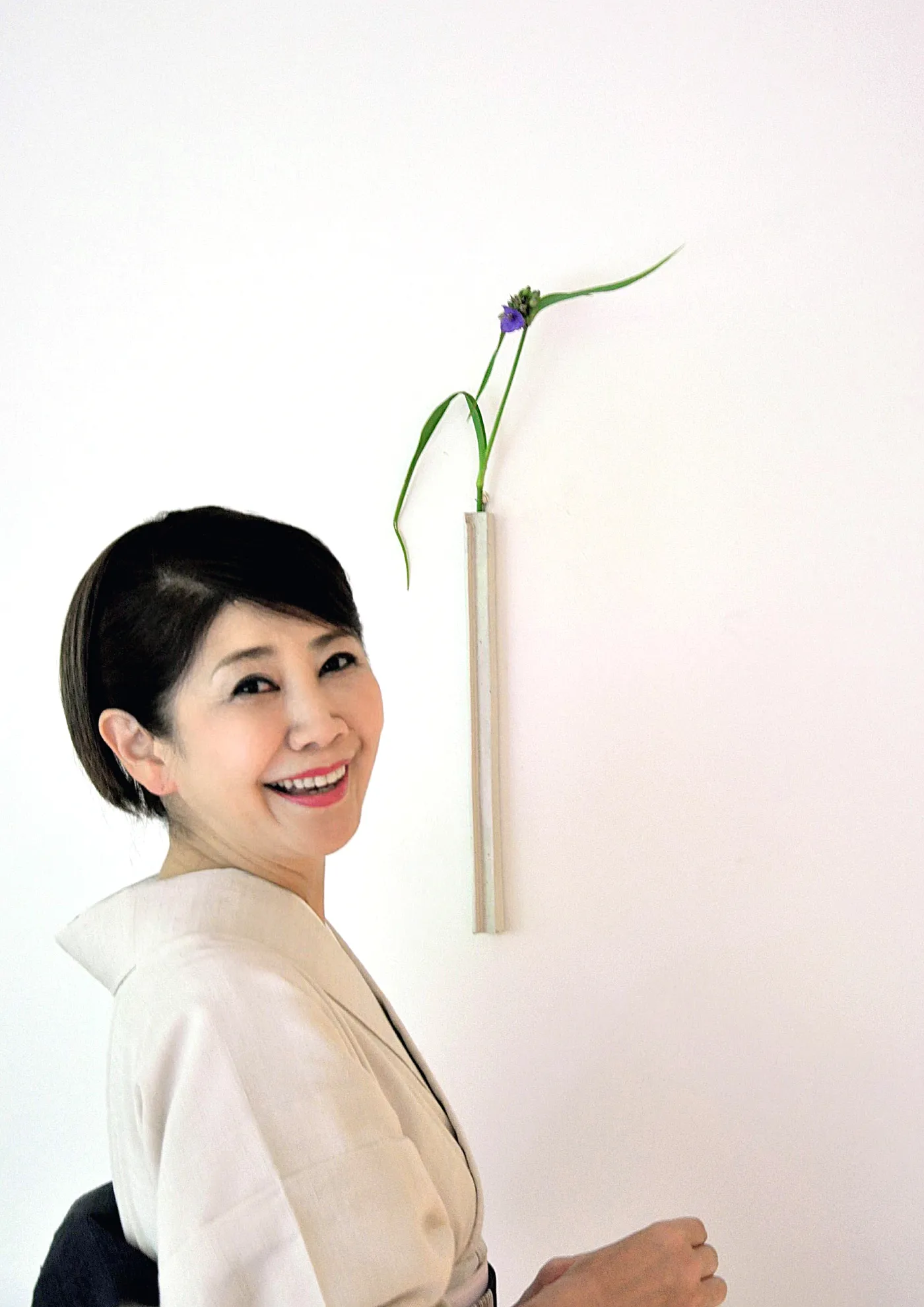
Genfukei: Childhood Memories
How did growing up in the historic city of Kanazawa influence you and the creation of Beniya Mukayu?
Some of my experiences had a great influence on the creation of Mukayu. In Japanese we call these experiences “genfukei” (原風景), childhood memories you never forget.
First of all, the scenery of the countryside where my grandparents’ house was located. I spent my summer vacation there every year.
I remember the smell of tomatoes, cucumbers, and eggplants that we harvested every morning; the old big trees at the shrine where I played with other children; the cicadas we caught; my favorite engawa (縁側) veranda where I spent my afternoons reading books; the taste of the watermelons that were cooled in the river; chasing fireflies and playing with sparklers at night.
I was especially attracted to fireflies. Their small and weak light gave me delicate emotion thinking of their ephemeral life…These are nostalgic memories that I still remember well.
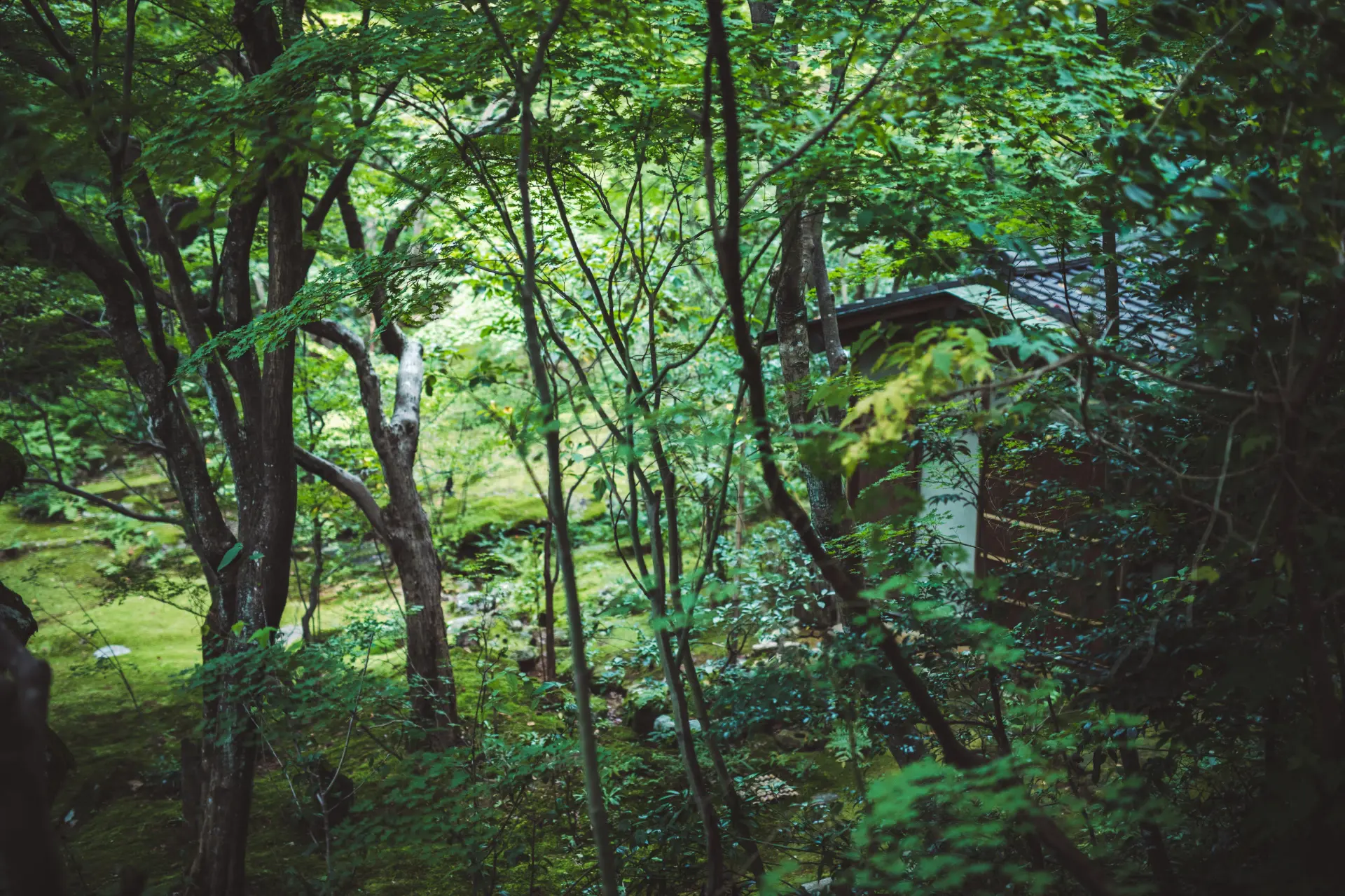
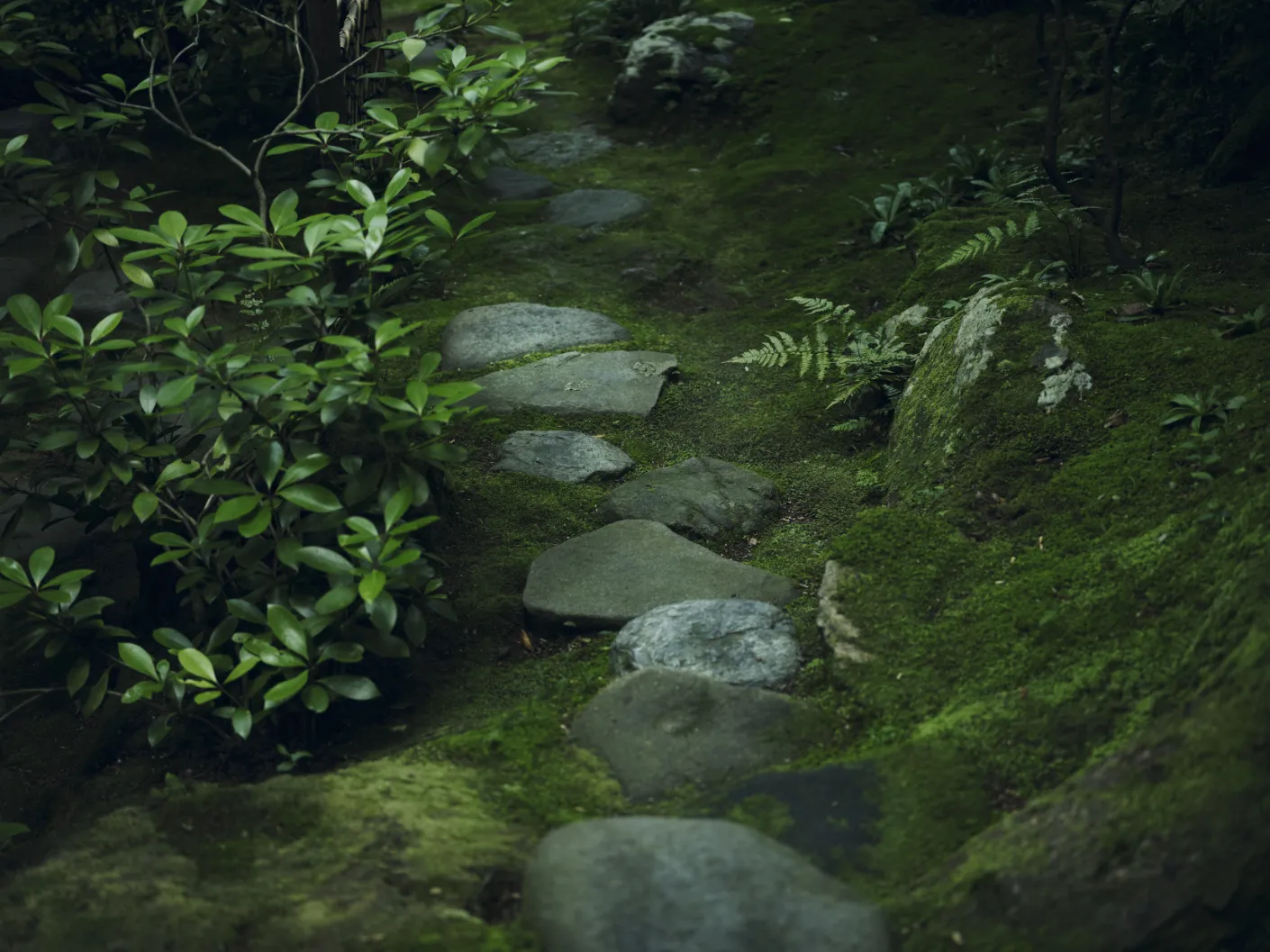
Harmony with Nature
To me, my grandparents’ home in the countryside felt like a second home in nature.
Mukayu is built around a large garden where red pines, maples, and camellias grow freely. 35 years ago my husband Kazunari and I saw the great potential of this Forest Garden and began a series of renovations with the vision of creating a ryokan that feels like a second home nestled in nature.
I believe this vision of “a second home in harmony with nature” was influenced by the landscape of the countryside where I spent my summer holidays.
When we started collaborating with the architect Kiyoshi Sey Takeyama, in 1996, I asked him to design an engawa veranda in the first four Japanese-style rooms we renovated.
I wanted him to create a relaxing space between the Forest Garden and the rooms, where the guests could spend time looking at the garden or reading books. This request is connected with the memories of the time I spent in the engawa veranda at my grandparents’.
Another example is the Wakamurasaki suite. When I was little, in front of my house in Kanazawa, there used to be a high school with a row of sakura trees. At the end of the sakura season, which lasts only a few days in a year, the petals were fluttering into my house… I felt like I was into another world.
It sounds like another world…
Many years later, in 2006, I shared this memory with Takeyama, and that became the concept of Wakamurasaki. This suite is located right in front of a mountain sakura tree that is more than one hundred years old.
So, towards the end of the sakura season, when guests walk into the Wakamurasaki suite, our staff opens the sliding windows and the petals gently flutter inside the room… like in my memory.
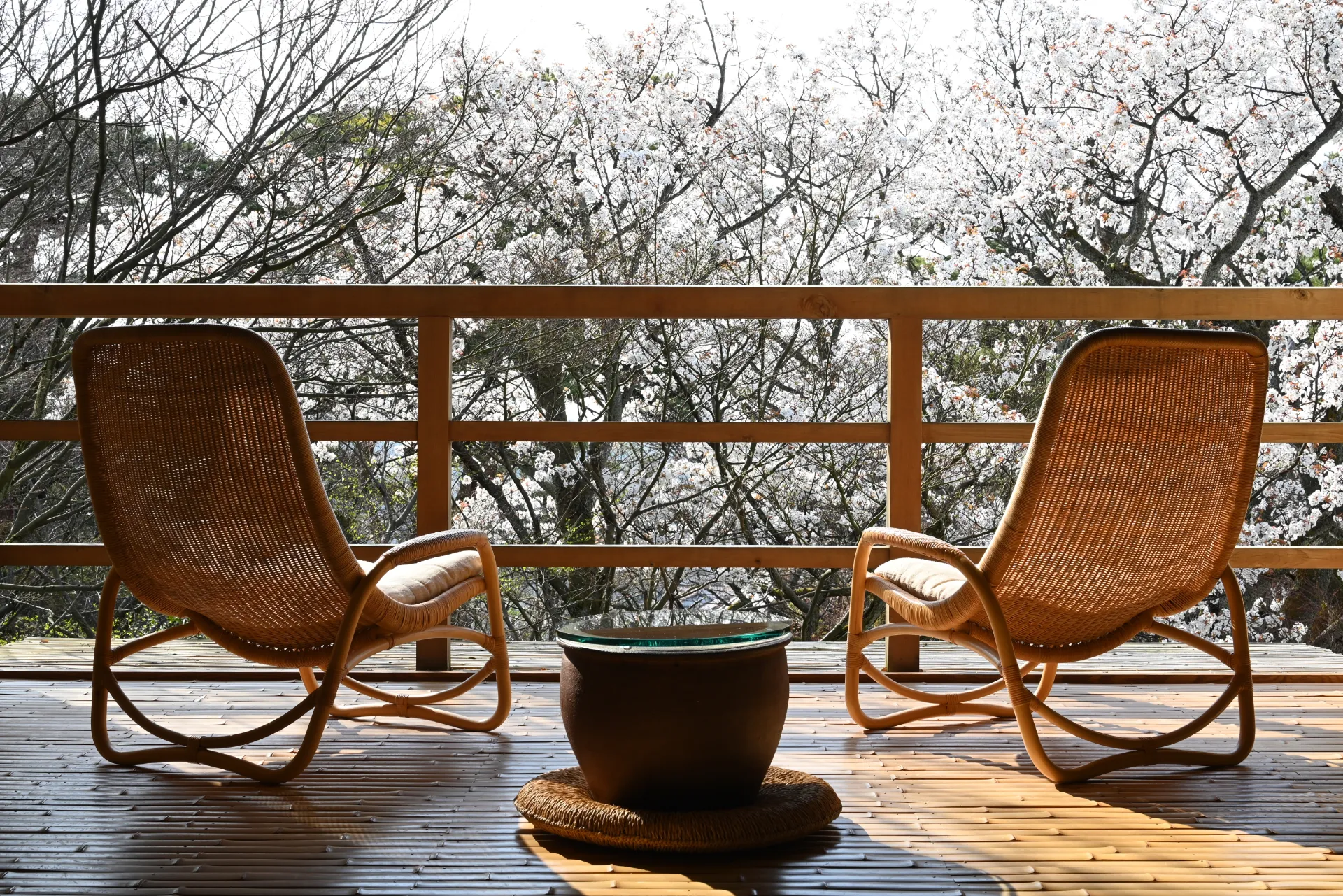
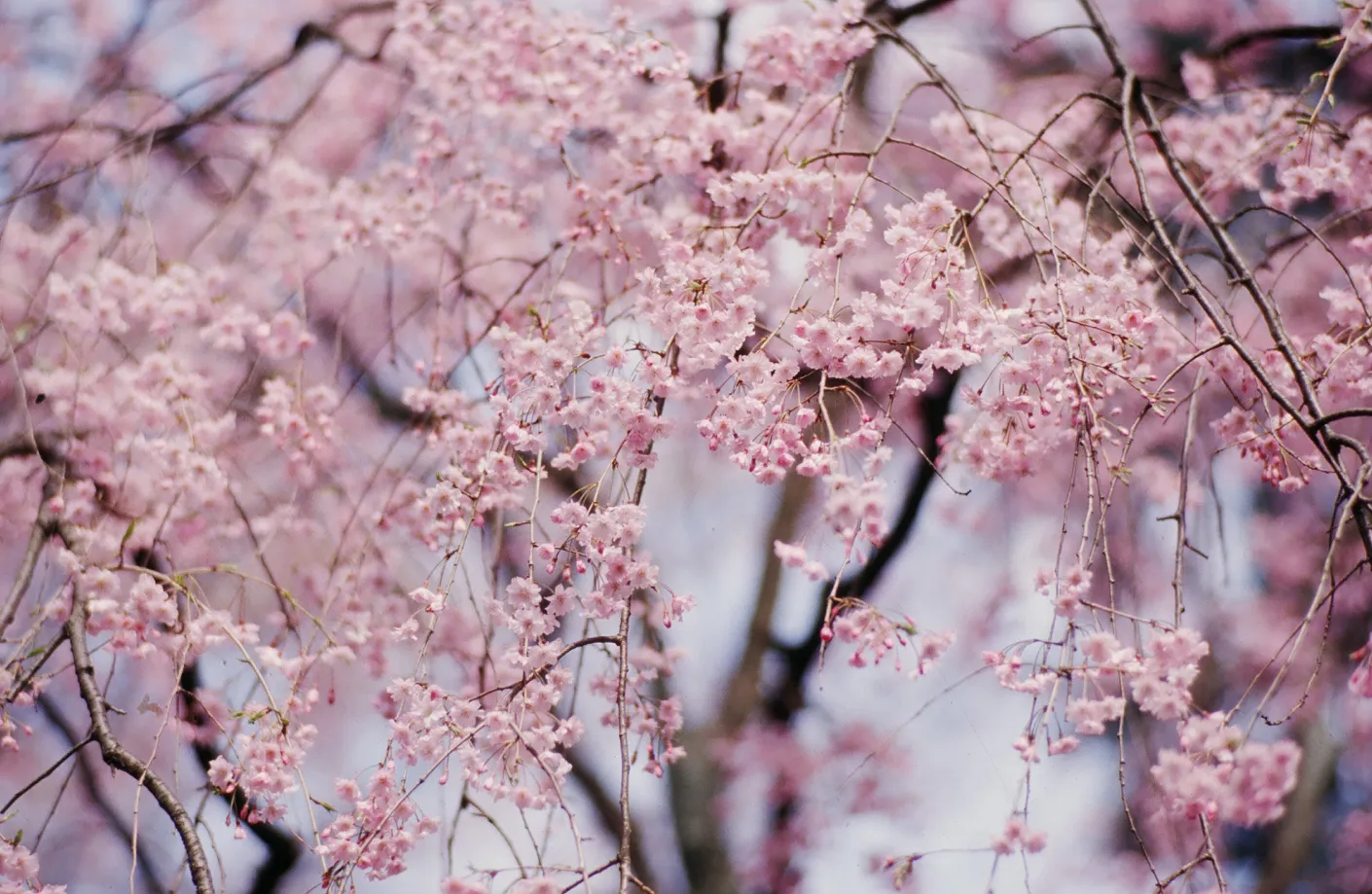
Family Spirit
In 1988 you got married to your husband Kazunari. You quit your job, moved from the city to the countryside; from being an elementary school teacher you became all of a sudden the third generation owner of a ryokan.
Now, after running Beniya Mukayu for 35 years you are an expert in Japanese hospitality. You have also been traveling to different countries, what do you think is unique about Japanese hospitality?
To me, Japanese hospitality is unique because for centuries it has been nurtured in small family-run ryokans like Mukayu, many located in hot spring towns. Such a long-standing tradition of family businesses is rare in the world’s hotel industry.
In the case of Mukayu, in 1928 Kazunari’s grandparents started a small ryokan in Yamashiro village – that’s almost 100 years ago! Kazunari’s parents moved to the current location on top of a hill overlooking Yamashiro in the ‘70s.
We are the third generation owners and our two sons Daisuke and Kosuke are working with us. One day, they will take over the family business and they will be the fourth generation owners.
Mukayu is our family business and we work along with our staff every day. One of our chefs, Kaku, has been with us for almost 25 years. At the front desk, Oyama, Ujimori and Nakagawa have been with us for more than 20 years! The spa manager Nishino as well… They all remember our regular guests and their preferences very well.
Our guests can always find someone familiar, someone that they can trust…Therefore, the guests can truly relax as if they were at home. I think this family spirit is unique to Japanese hospitality, compared to other countries.
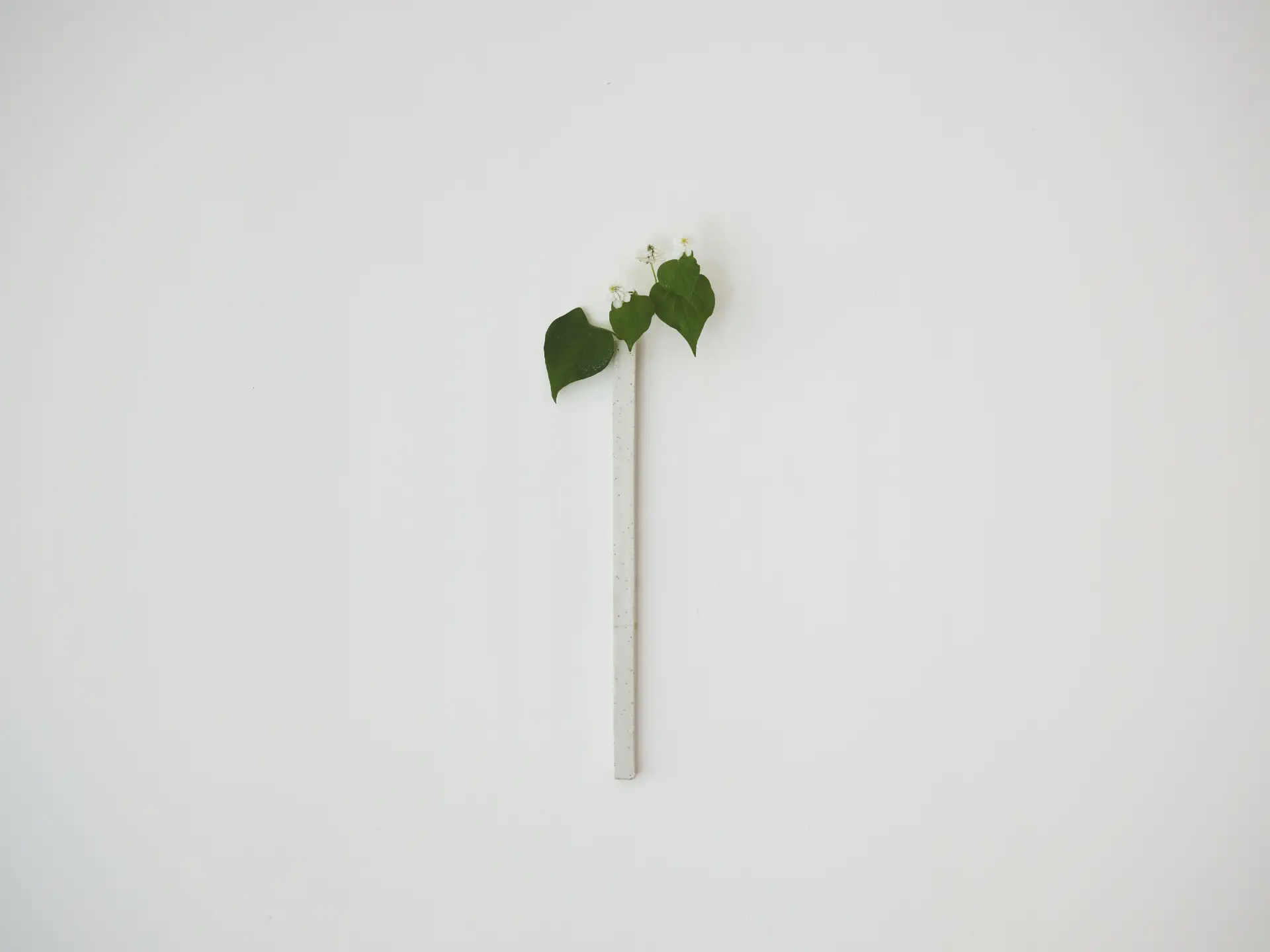
The Spirit of Harmony
People call the unique Japanese sense of hospitality “omotenashi”.
How would you explain this word and what are its key components?
I believe that the key to omotenashi (おもてなし) is the spirit of harmony. In Japanese, it is called the spirit of “wa”. In other words, the spirit of thinking of others or the heart of consideration. The spirit of “wa” is the basis of Japanese hospitality.
Could you say more?
In Japanese, the word “wa” (和) usually means “harmony” but it is also used to refer to Japanese food “washoku”, Japanese rooms “washitsu”, Japanese clothes “wafuku”, Japanese style “wafu” and so on. In these words “wa” is the same as “Japanese”.
1400 years ago Prince Shotoku Taishi established Japan’s oldest constitution. The first article states that “wa” or harmony should be the foundation of all things. Achieving harmony is considered the first priority, and the absence of conflict is the most important thing. In other words, “wa” or harmony is the most important value in Japan, it is the foundation of Japanese identity. Japan is a country of harmony, just as America is a country of freedom, France is a country of equality, and China is a country of workers.
So, how is harmony achieved in hospitality in Japan?
On a practical level, I think that the spirit of hospitality is well expressed in the Japanese tea ceremony. Traditionally, the Japanese tea ceremony is not only drinking tea, but also a symbol of Japanese hospitality.
In Japan, each tea ceremony is considered a “once in a lifetime encounter”. In Japanese, we say: “ichigo ichie”. When attending a tea ceremony, both the host and the guests should be sincere to each other, with the understanding that the occasion will never be repeated again.
Therefore, we think: “let’s cherish this moment, think about others and provide the best omotenashi we can do right now!”. This is the spirit of Japanese omotenashi or the spirit of “wa” itself.
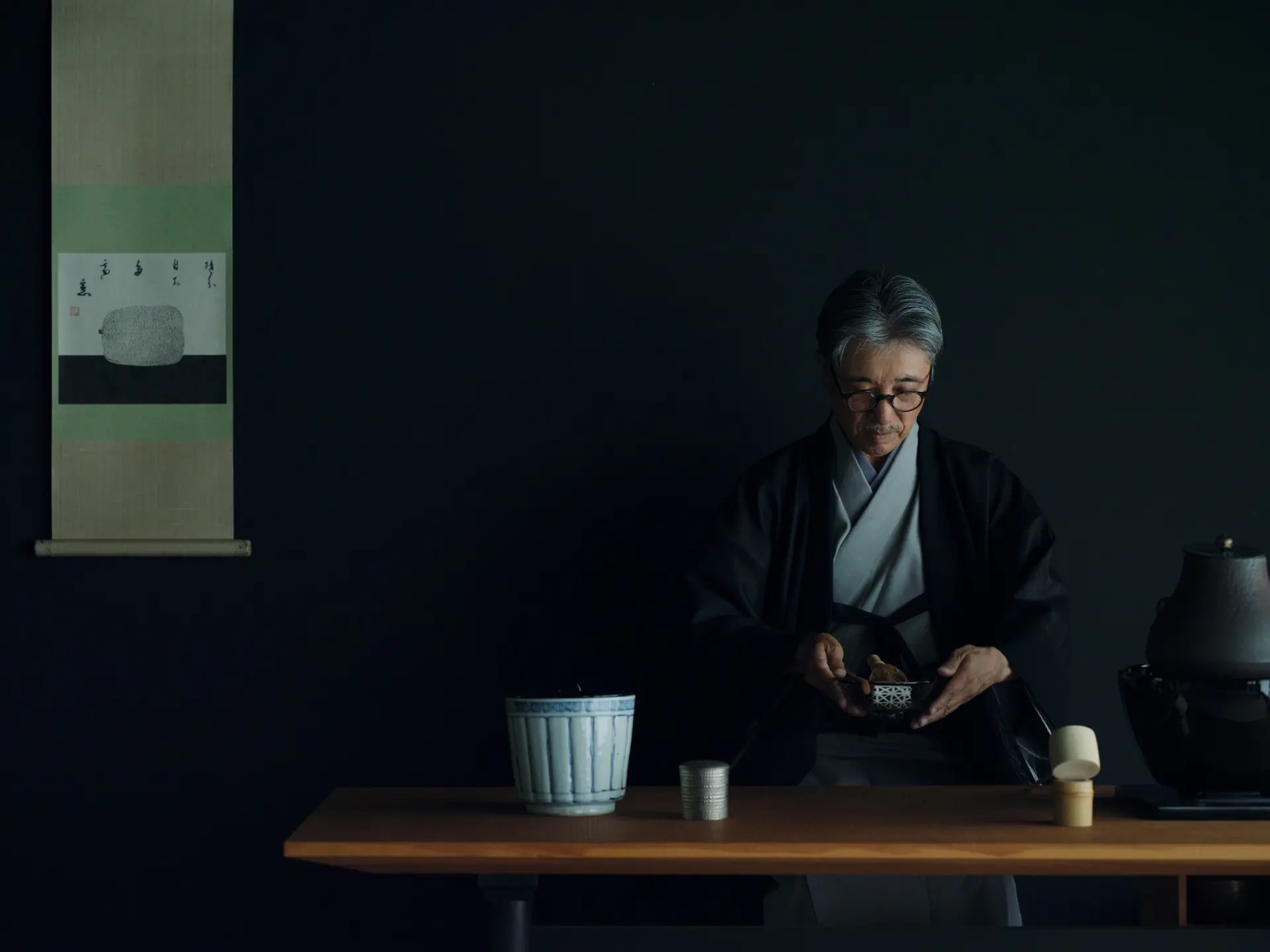
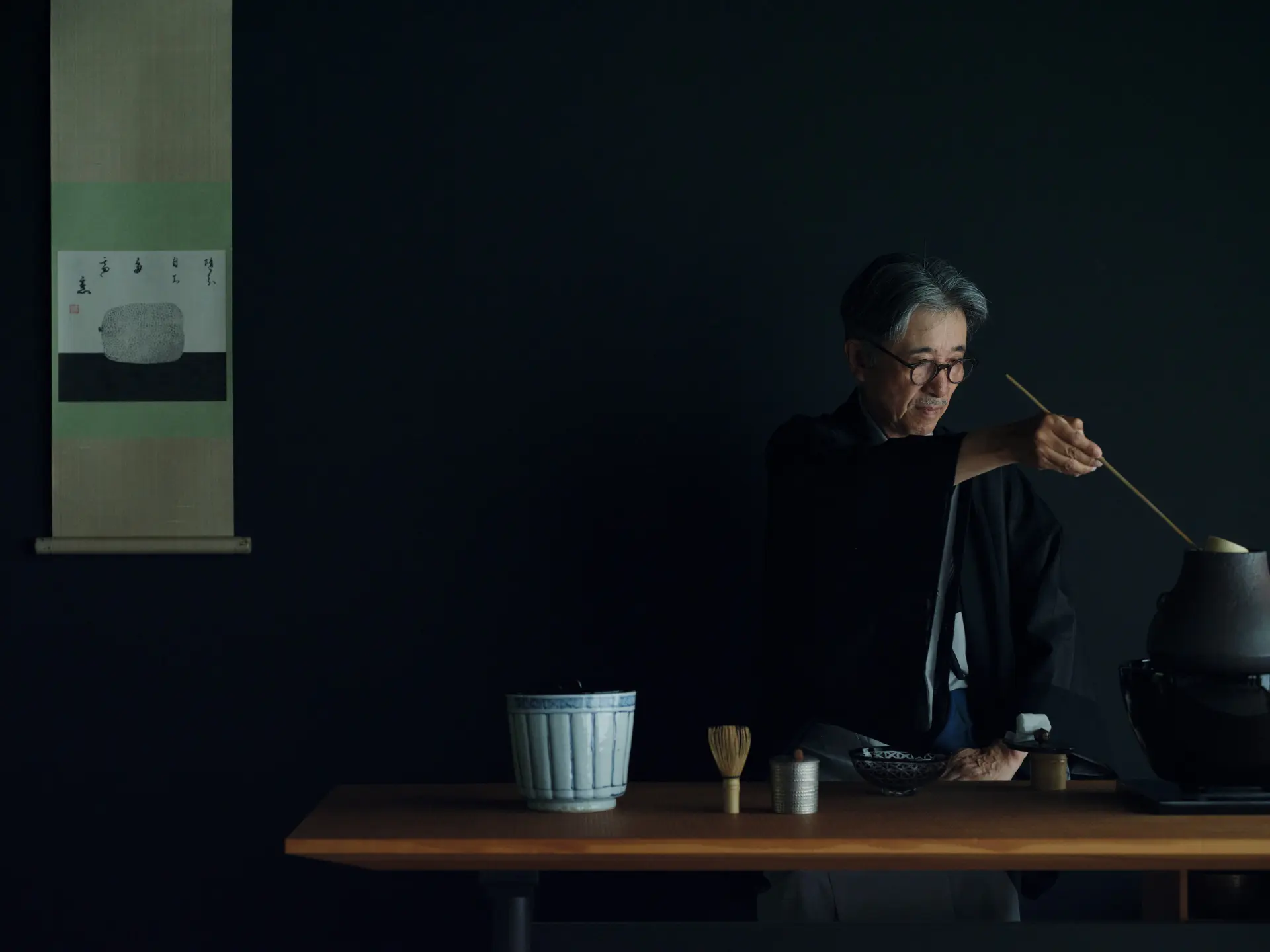
Cultivating Omotenashi
How do you cultivate “omotenashi based on the spirit of wa” at Beniya Mukayu?
Well, my role is to create a unique style of omotenashi that can be experienced only at Mukayu. That’s exactly what I’m dedicated to. Although I have been doing this for more than 30 years, ideas still keep coming to me, so I guess the creation will never end!
Where do your ideas come from?
I have three key sources of inspiration to create a style of omotenashi that can be experienced only at Mukayu.
They are culture, nature, and history.
The first key is culture. In order to establish a ryokan culture, it is necessary to define a clear and unique concept. Our concept is “mukayu” (無何有), which means “richness in emptiness” inspired by Zen philosophy. Mukayu’s entire space is curated according to this concept. This curation of the space is called “Shitsurai” (室礼) in Japanese.
The concept of mukayu was born with the vision of creating a second home in harmony with nature. Takeyama’s architecture and my curation or shitsurai follow this vision and concept. Takeyama has designed empty rooms open wide onto the Forest Garden so nature can come in. In my shitsurai, the flowers inside the ryokan are the same wildflowers one can see in our Forest Garden; the furniture is very simple, the rooms are like empty vessels featuring only shoji paper screens, tatami mats and clay walls. The wooden private baths are always filled to the brim with hot spring water reflecting the trees in the garden as in a mirror… Because the windows of every room are open wide onto the garden, the light and shadows pour in. Empty spaces are filled by nature.
In fact, guests are always encouraged to tune into the rhythm of nature. Ultimately, we hope that during their stay with us, our guests would feel part of nature and find their position in it. This way, they can acquire the Japanese mindset towards nature that can bring them calmness, happiness and peacefulness.

Eight Million Gods
How about nature, your second key source of inspiration?
Before talking about nature, I had better explain about Shinto, because the Japanese way of relating to nature is greatly influenced by Shinto.
Since ancient times, Japanese people have lived in close contact with nature, through farming, growing rice and fishing. While nature is abundant throughout the four seasons, there are also many disasters such as typhoons, floods and droughts. So people have come to believe that many gods reside in natural phenomena or nature.
Because there are gods everywhere, it is said that there are eight million gods, in Japanese it’s called “Yaoyorozu No Kami” (八百万の神). In Shinto, gods can potentially be in mountains, oceans, forests, and trees but also in the grains of rice and so on. Japanese people have worshiped nature and lived in harmony with it. That’s why, nature is the center of Japanese mindset and Japanese lifestyle.
People think that gods work together to protect the natural world and people. This way of thinking is also connected to the spirit of wa or harmony, which values considering and cooperating with each other, rather than finding differences and competing with others.
Is this also connected to the concept of harmony “wa” that you explained before?
Yes. The feeling of being blessed by a lot of gods when we’re in the beauty of nature makes us happy. As I told you before, at Mukayu guests are encouraged to tune into the rhythm of nature. About my shitsurai, I don’t decorate, I don’t add, I just connect the outside with the inside so that every single detail is part of a greater harmony. It’s like creating indoor spaces that are very comfortable for the outside to come in. By ‘outside’ I mean: the scenery, the breeze, shadow and light, and maybe even gods…
Before you said that the flowers inside Beniya Mukayu are the same wildflowers one can see in the Forest Garden, right? I suppose this makes it easy to notice the connection between the outside and the inside.
Yes, you’re right. At Mukayu we don’t buy gorgeous flowers to decorate the space. We place tiny flowers and plants from nearby. We encourage our guests to notice nature around them and to become more aware of the present. That is why in each room there is a map of the mosses growing in the Forest Garden as well as two little books illustrating the nature around Mukayu.
One focuses on the seasonal flowers you can see in the property now, and the other is on the trees, mosses growing in our Forest Garden. The moss map and two books are very unique to Mukayu. I have never heard about anything similar. I really cherish the moss map and the two little books, because if you know the names of the flowers, plants, trees and mosses, it’s easier to be friends with them.
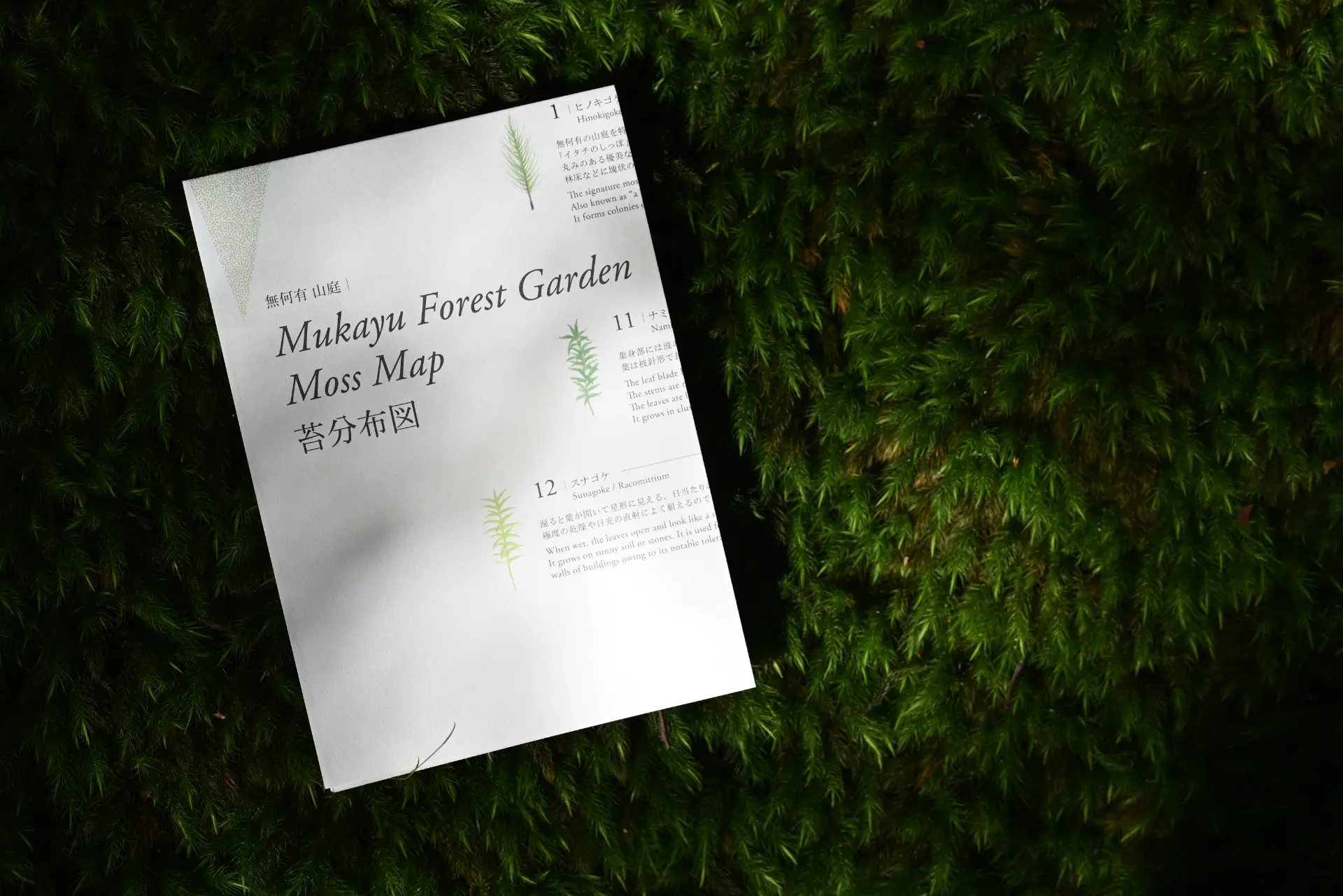
Nature Accepting Us
How else does Beniya Mukayu allow its guests to feel very close to nature?
Although Mukayu is relatively small, 16 rooms in total, there are two big communal baths. In addition, each room has a private open-air hot spring bath overlooking the garden, so guests can soak at any time they like and as long as they want. Normally the guests take a bath at least three times a day!
Why do Japanese people love onsen so much?
I guess that is because it is very relaxing, and good for the body as well. For example, the hot spring water in Yamashiro naturally contains minerals that improve physical condition.
But a much more important reason is that onsen is a great gift from nature! Because of that, when we soak in onsen, we feel harmony with nature, and we have the feeling of being accepted and blessed by nature and gods.
Since from the Shinto perspective, there are eight million gods around us, this feeling perfectly makes sense. In Japan, we don’t accept nature, it is nature that accepts us. The feeling of being accepted and blessed by nature and god can bring us happiness and peacefulness.
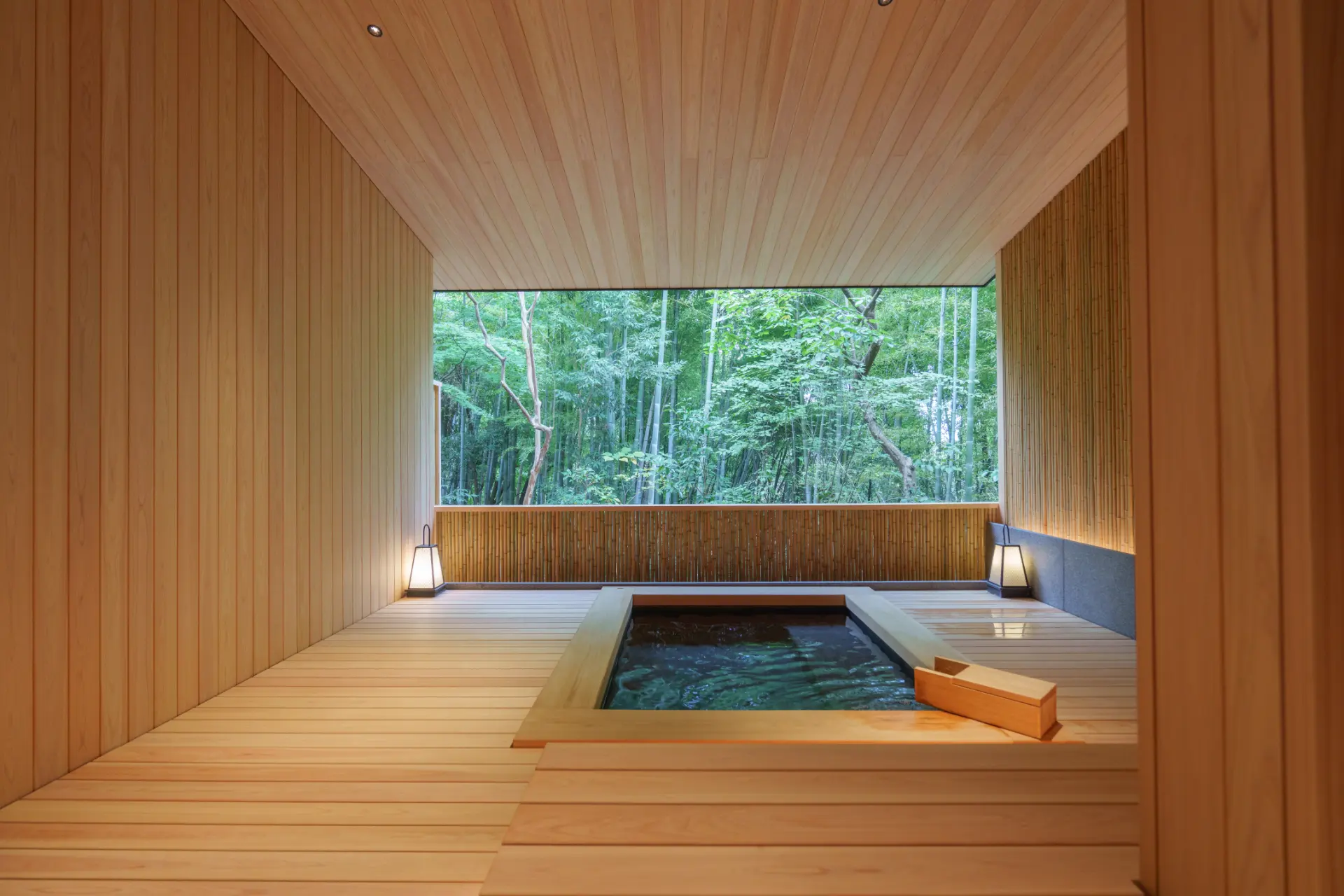
Inherited from Our Ancestors
How about the Forest Library?
The Forest Library was created in 2022 to celebrate the trees or plants that have been thriving here for centuries. It offers a beautiful view of the trees and mosses in the Forest Garden, and has a collection of books on trees, plants, and mosses with a special focus on local flora. This is a relaxing place where the guests can be warmly embraced by nature.
In the Forest Garden, there are many trees that are hundreds of years old, like the 300 years old red pine tree or the 100 years mountain sakura as well as the maple trees and so on. Kazunari and I have inherited this from our ancestors, and we must preserve them and pass them down to future generations. Even though protecting nature is not easy, we insist on doing so, and we hope our two sons will do it too.
“Learning the history of our land can lead to the creation of something new.”
You said before that history is the third key source of inspiration for you. How so?
History is the third key. Yamashiro Onsen has a long history. Many centuries ago there used to be a great buddhist temple here on the same hill where Mukayu is now located. For its high spirituality, the area was called “Yakushiyama” which means Healing Buddha’s Mountain. Basically, it was a place for training and learning for Buddhist monks. But at the same time, monks healed people by providing hot spring baths and preparing medicinal herbs.
This heritage is very important to us and it was the source of inspiration for creating the Spa Entei. That is why the name of our signature treatments and amenities is “Yakushiyama”, the same name of the hill where Mukayu is built. Also, the treatments and amenities are all based on hot spring water and Japanese medicinal herbs, to make our guests feel cleansed and rejuvenated. To me, learning the history of our land can lead to the creation of something new.
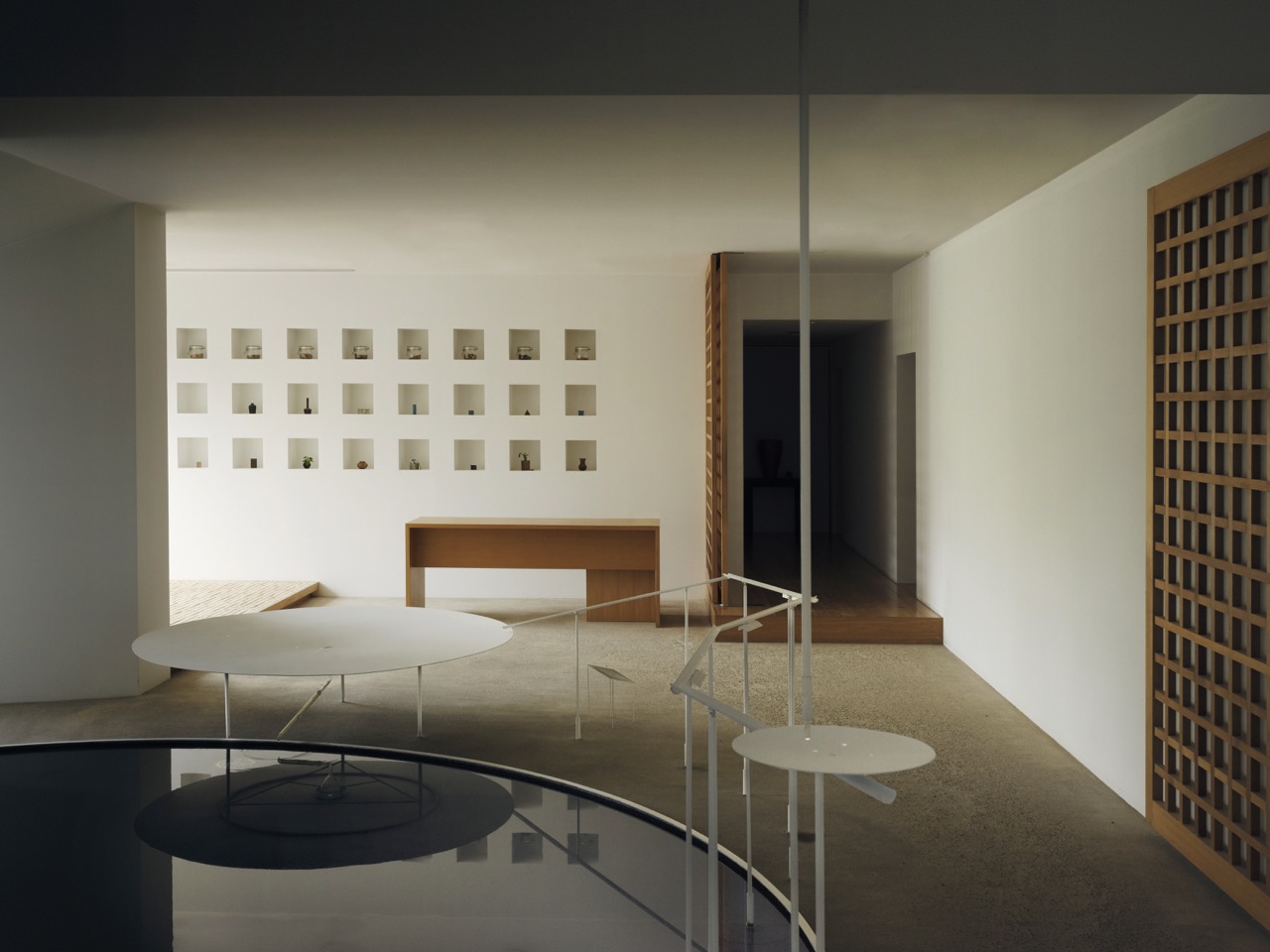
Interconnected
What do you think about the future of ryokan?
I believe that ryokan can showcase the best of Japanese culture, but I am afraid this lifestyle is becoming rare. The reality is that today in Japan many Japanese do not live according to the traditional Japanese lifestyle in harmony with nature. When you look at the pictures in architecture magazines, you can see nice flooring, but no tatami or bamboo floor. You see doors, but no shoji paper screens or clay walls. You seldom see traditional materials that are “breathing”, by this I mean, which are natural and age with time. So people are likely to forget the smell and gentle touch of tatami, bamboo, wood or clay …also the gentle quality of the light filtering into the room through shoji paper screens from the garden.
Sadly, these are disappearing in people’s lifestyles.
So the ryokan is where they can still get these feelings?
You are right. Recently I realized that a ryokan is probably the only place where you can fully experience Japanese culture, aesthetics, and omotenashi. Of course, you can visit temples and shrines, but usually it is not possible to stay there at night or early in the morning for a few days. So staying at a ryokan is the best way to get to know the real Japanese lifestyle. Ryokan can play an important role in preserving what is best of Japanese culture and making it accessible to young Japanese and an international audience.
How about passing on the heritage to future generations?
It’s really challenging. The lack of successors is a big issue for many family businesses. Yamashiro onsen is a hot spring resort with 1300 years of history, but recently the number of tourists has been decreasing and many ryokans are closing because of the lack of successors. This is a common issue for almost all family businesses: farmers, fishermen, traditional craftsmen, artisans and others.
They are ryokan’s suppliers, so we have a very close relationship with them. For example, the food. At Mukayu we offer Kaga Kaiseki dinner and breakfast. Our region, Kaga, is quite special, because the mountain is very close to the sea, so we get the best from both: fish, rice, vegetables… The ingredients are always local and fresh. In addition, we serve the food on beautiful local porcelain and lacquerware. We have a selection of regional sake to match the food… we and our suppliers are interconnected, so when anyone lacks successors or staff, the whole region suffers.
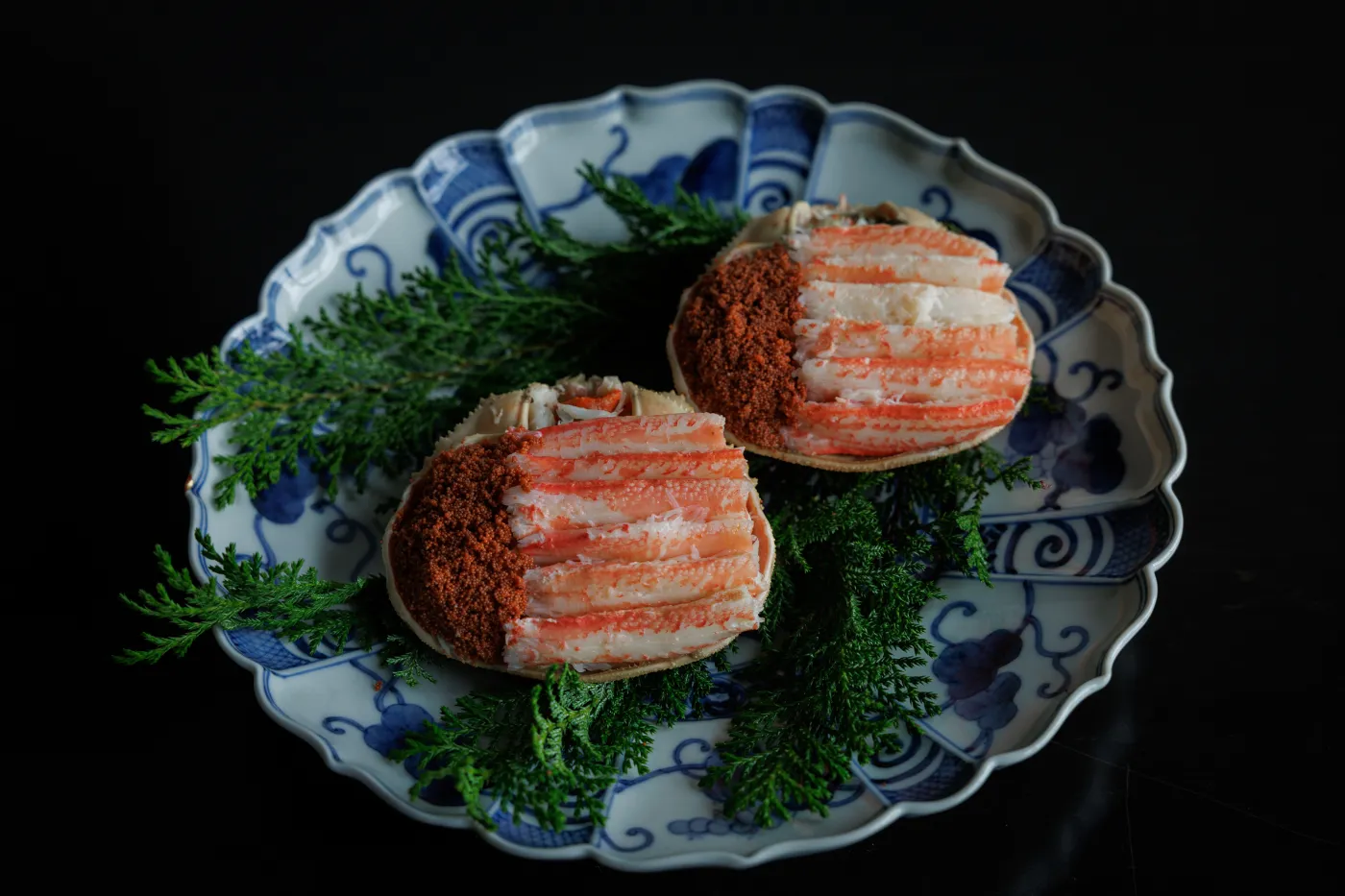
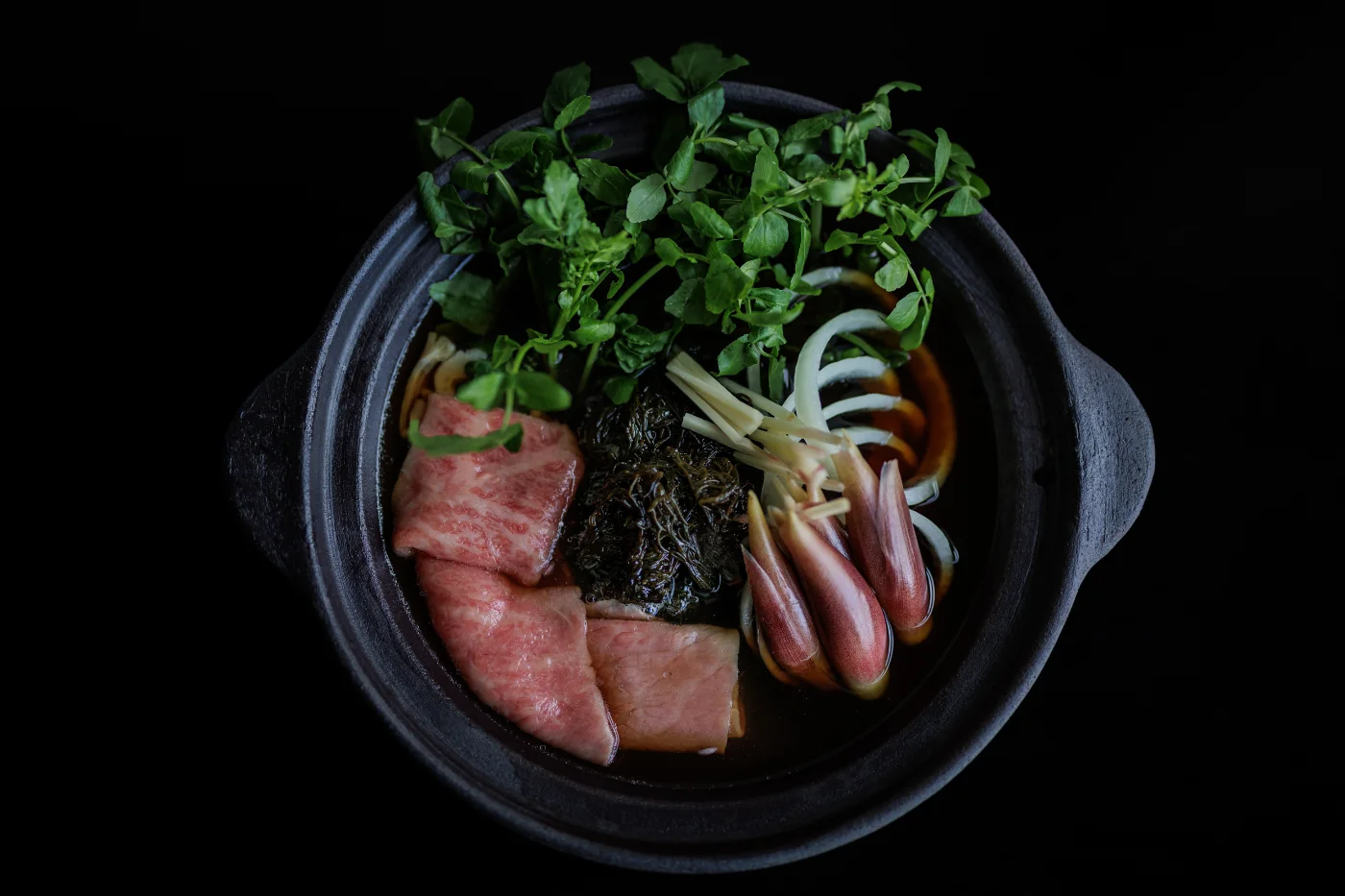
A New Approach
What solutions do you see?
One solution is to attract more tourists to local destinations like Kaga, which are still unknown. In fact, many tourists visit only Kyoto and Tokyo. In order to welcome more tourists, local ryokans must play an even more important role in promoting the best of the region.
For that purpose, at Mukayu, we are planning to establish the Mukayu Omotenashi Institute for the people to explore, learn and get inspired by Japanese omotenashi. The goal is to unveil its potential as a resource. We want to share it and increase awareness of its value to all over the world. As a consequence, we expect that young people in the Kaga area will also notice the rich culture of the region where they live and find the meaning to take over their family businesses. We sincerely hope that the Mukayu Omotenashi Institute will contribute to the sustainability of local tourism.
This seems to be a new approach to omotenashi, a way of bringing it to the future.
Yes, this is a completely new approach. We’re trying to create an additional value to local tourism. The value is that local destinations are not just resorts for relaxation, but also the places to learn about the Japanese lifestyle.
To be specific, we are now working on a three-day, two-night event called Mukayu Days to present Japanese omotenashi and culture, especially our Kaga region. It’s a kind of demonstration of our region’s value. In the event, the participants can experience a variety of Japanese hospitality omotenashi, such as tea ceremony, Kanazawa’s Noh theatre or local dance Daidengaku. Guests can also try their hands in different local crafts guided by local artisans and artists. We believe that this learning will eventually inspire the participants’ own creations.
What aspects of omotenashi do you find worthy to be learned and incorporated in the listeners’ lives?
I hope omotenashi can be the gateway to access Japanese culture and mindset.
Once you learn the Japanese way of relating with nature, when you are in harmony with nature, you can feel as if you were blessed by a lot of gods, because from Shinto perspective, there are many gods in any form of nature.
In addition, if you acquire the spirit of wa or harmony which is the basis of Japanese omotenashi, you will value thinking of others and cooperating with each other, rather than finding differences and competing.
I believe these ideas bring you a more calm, happy and peaceful mindset.
